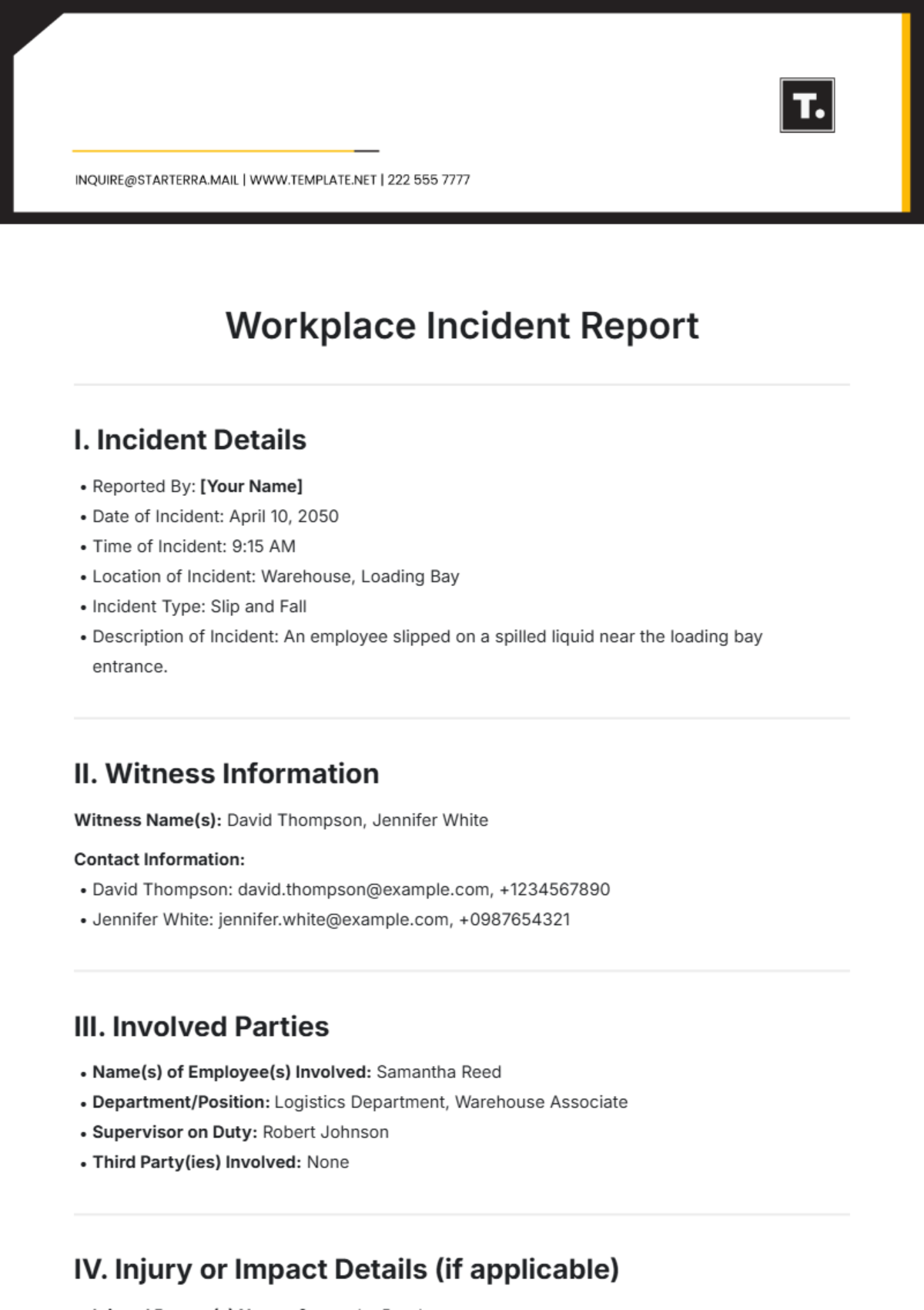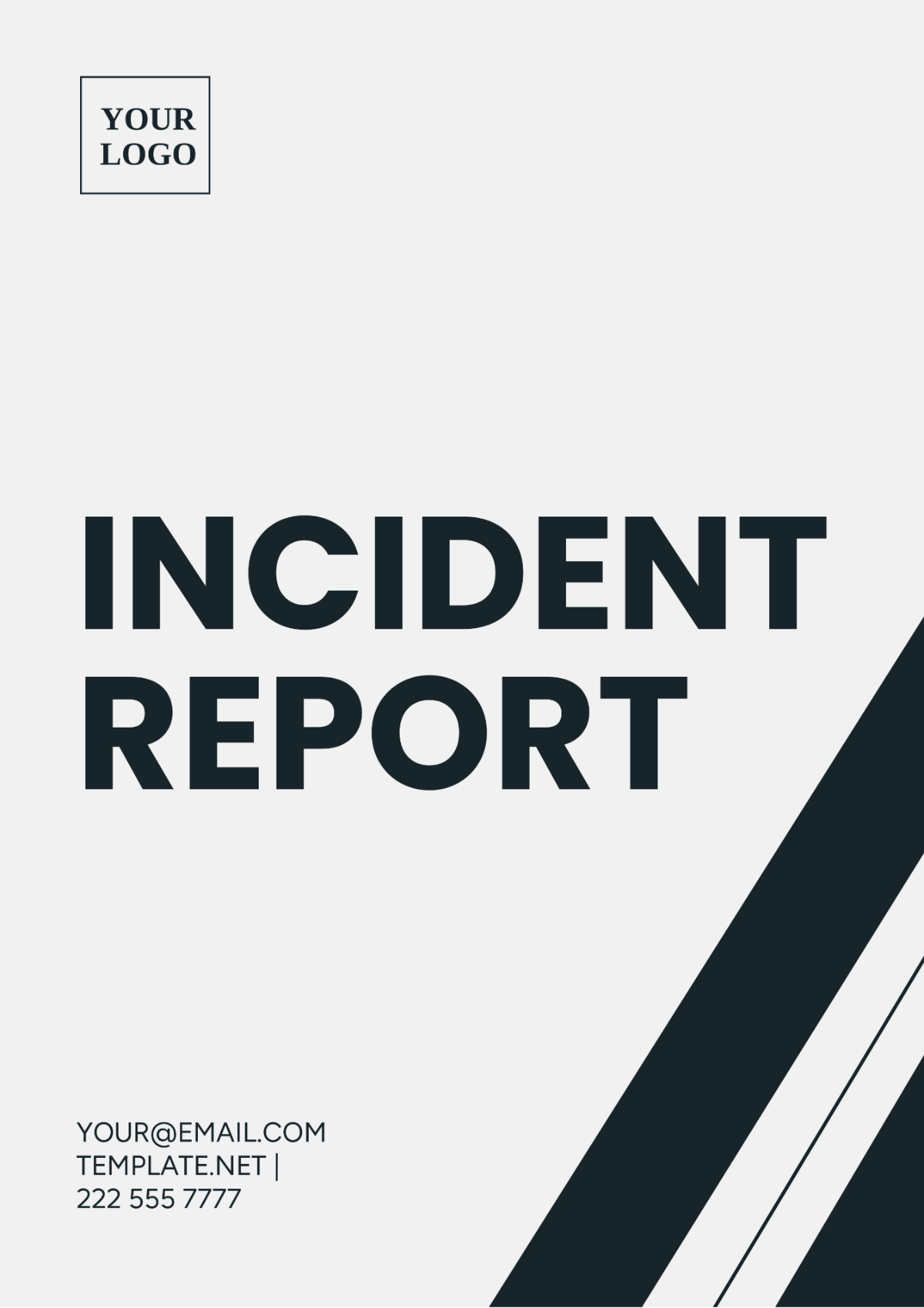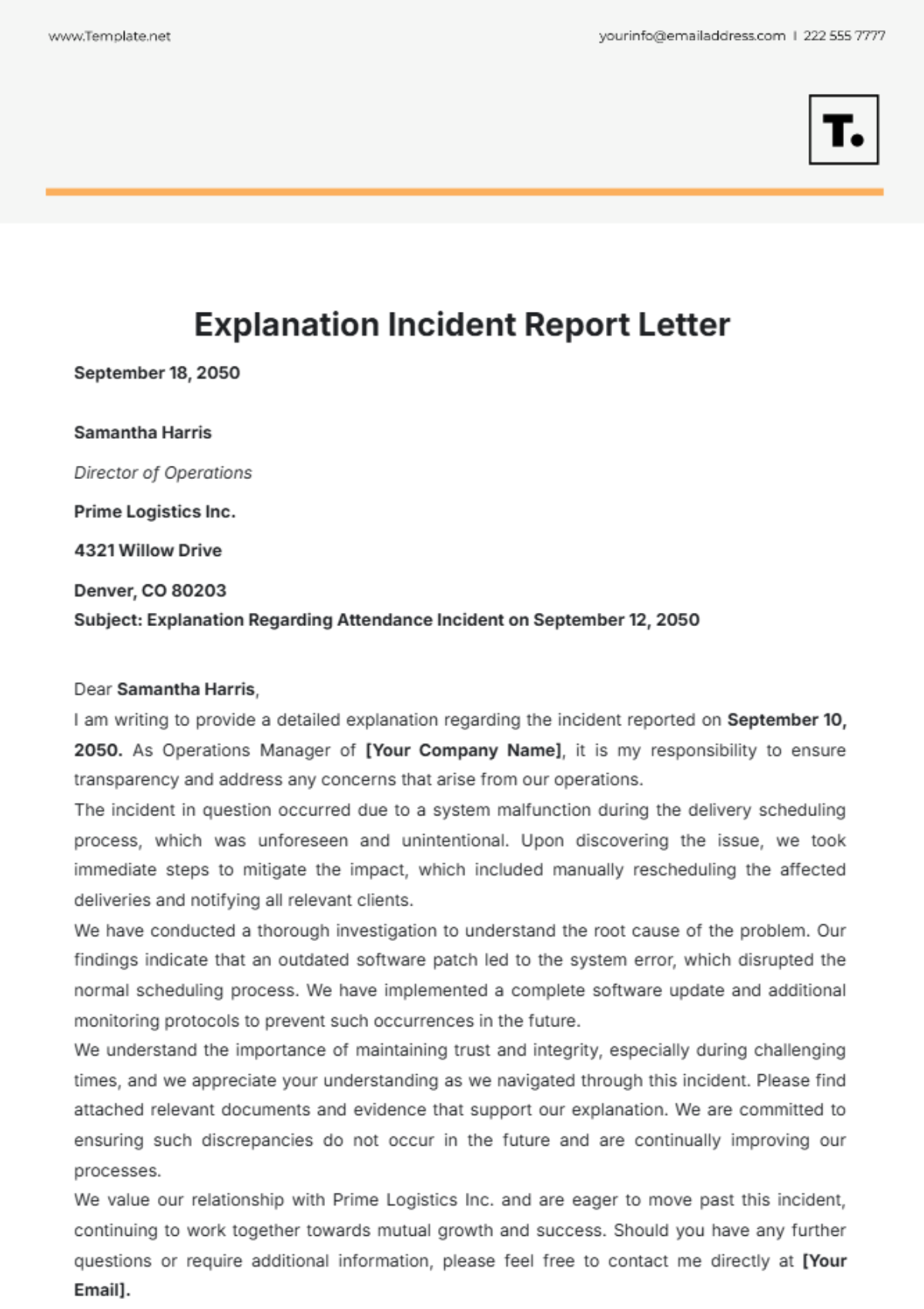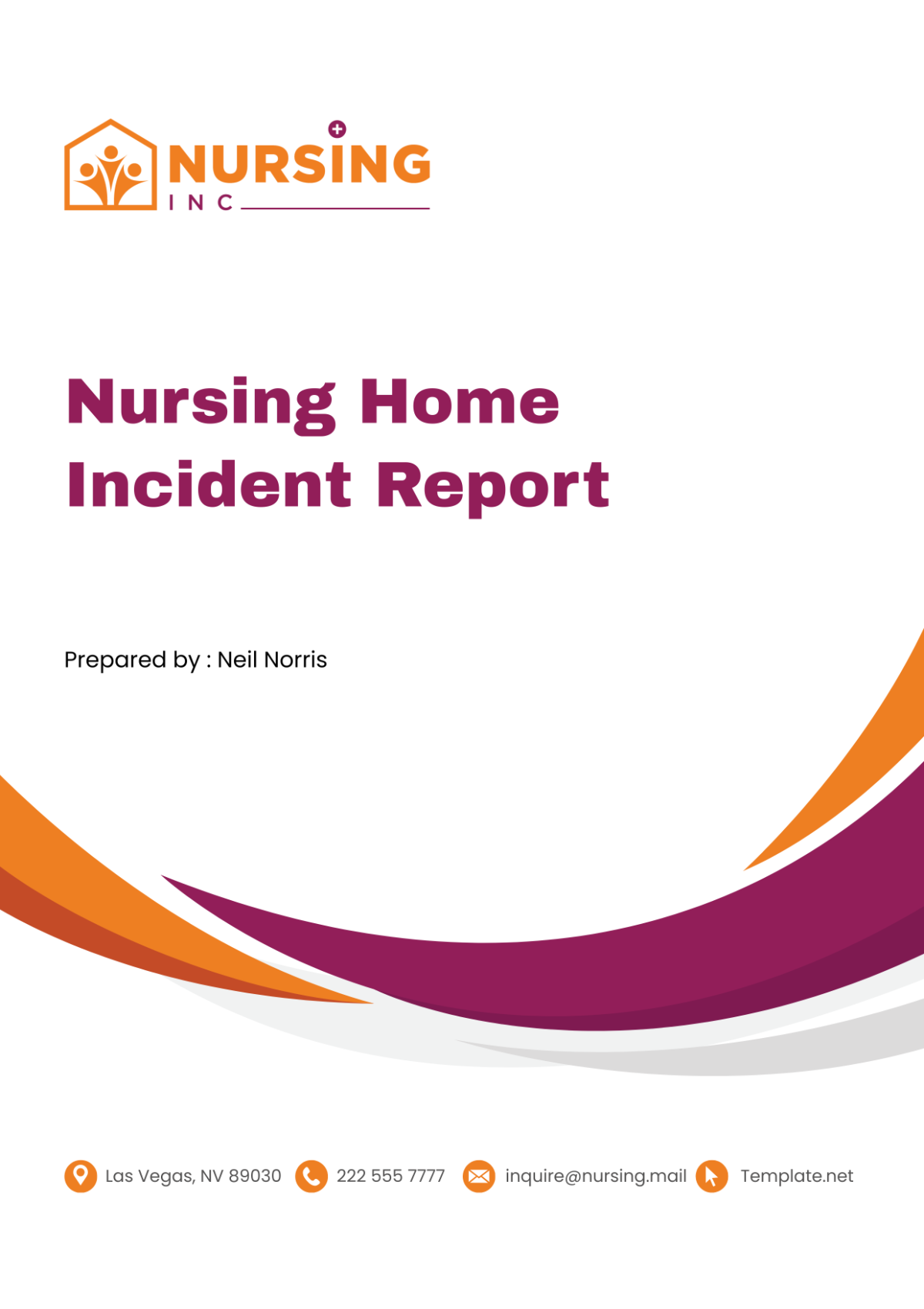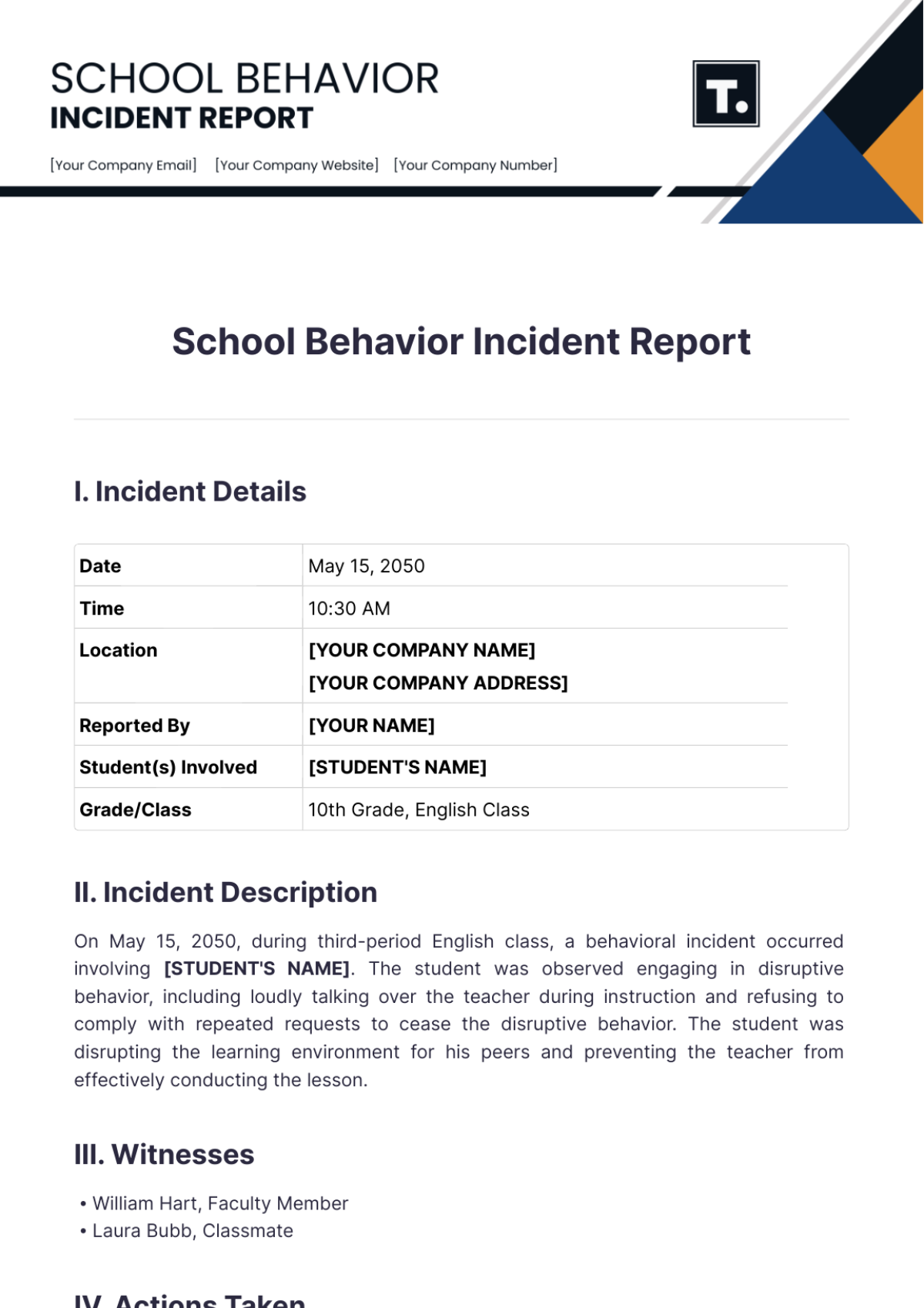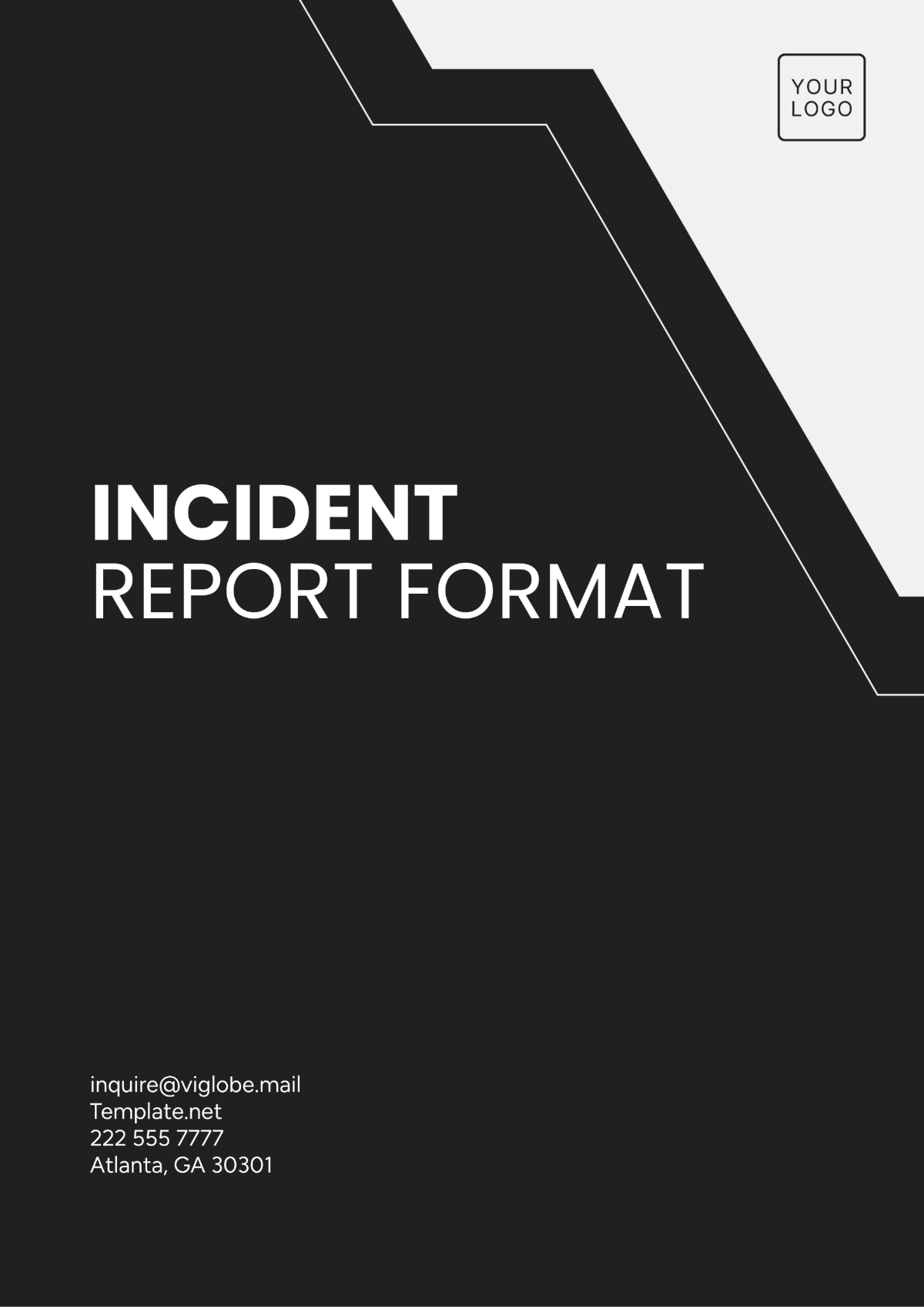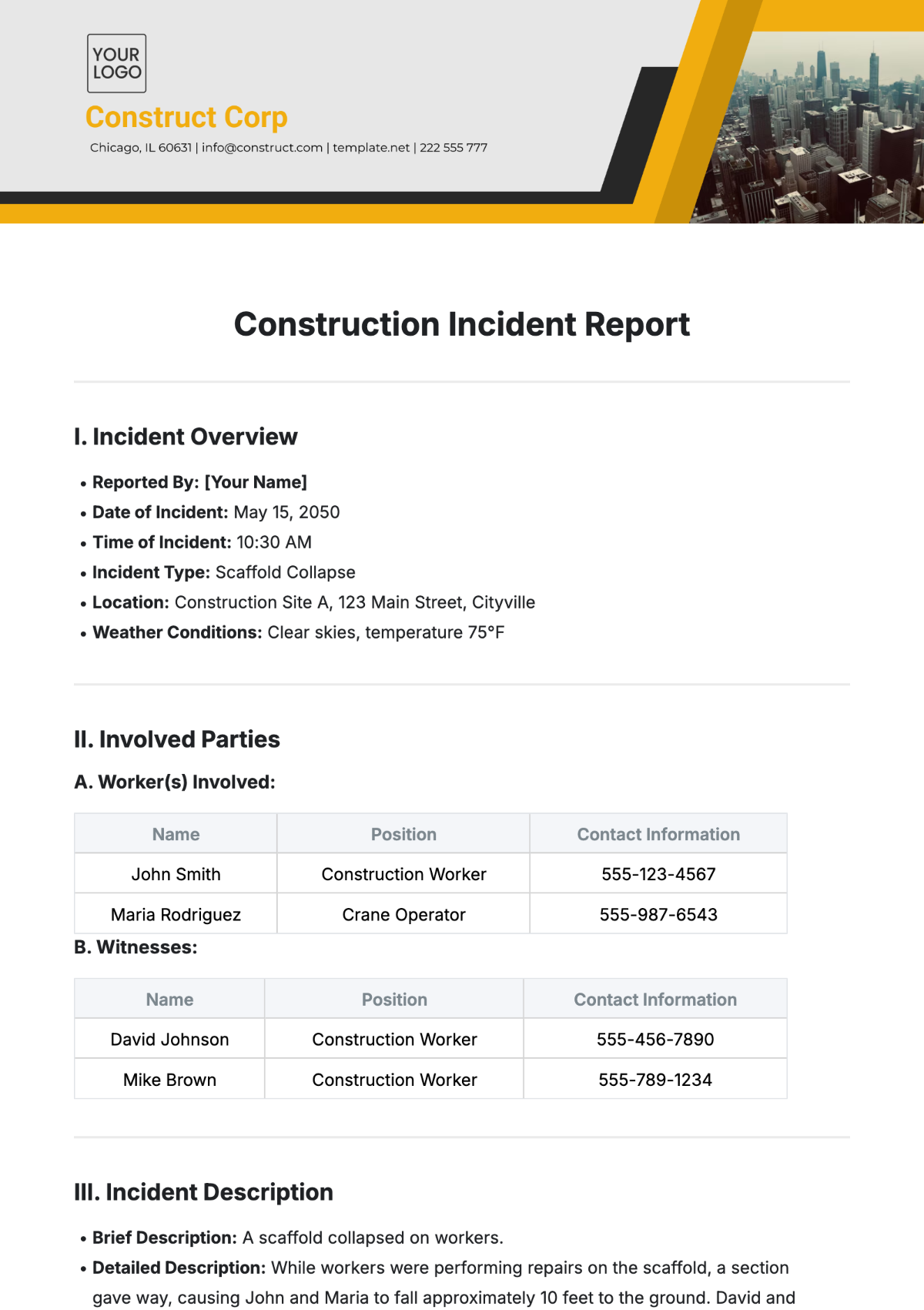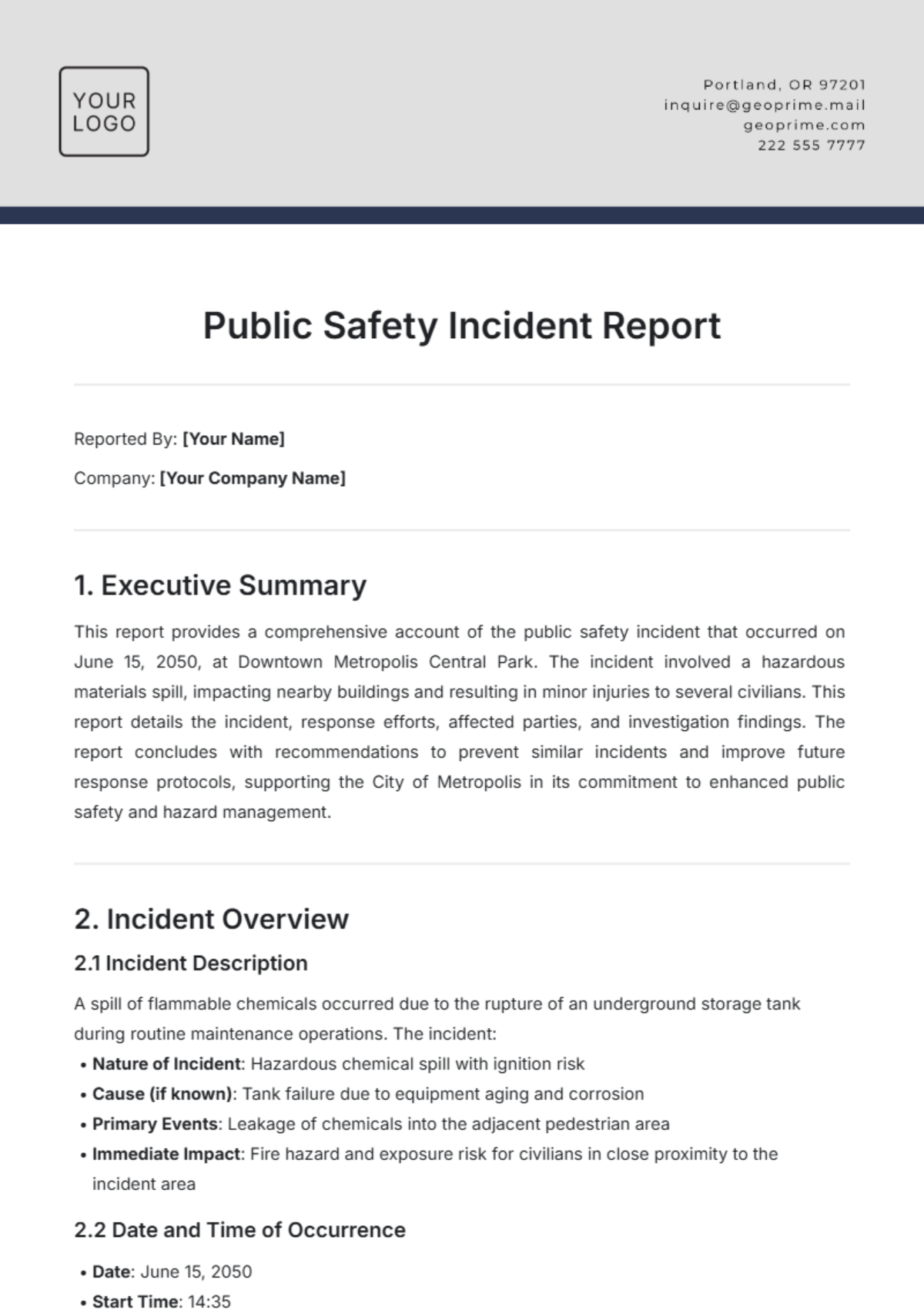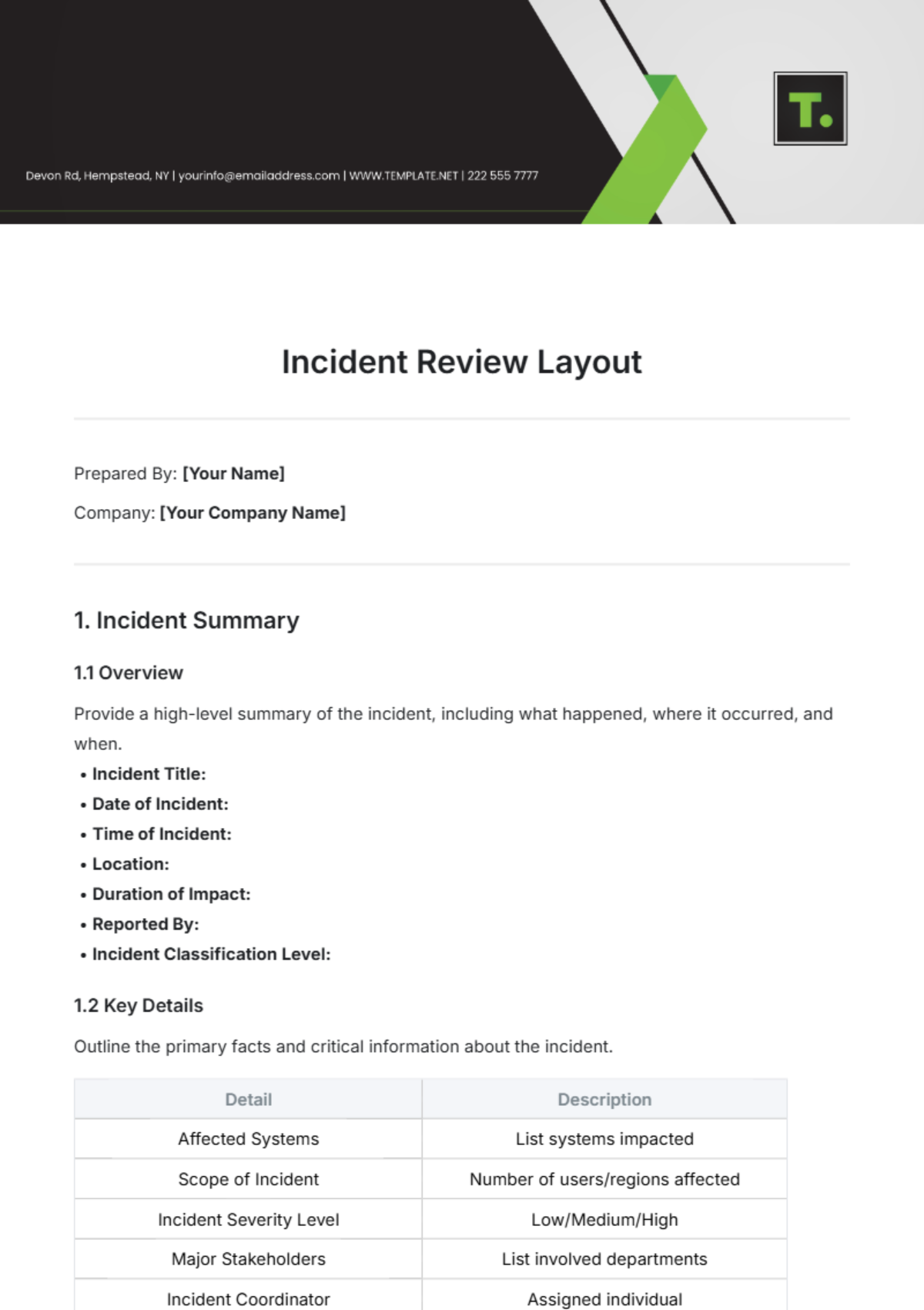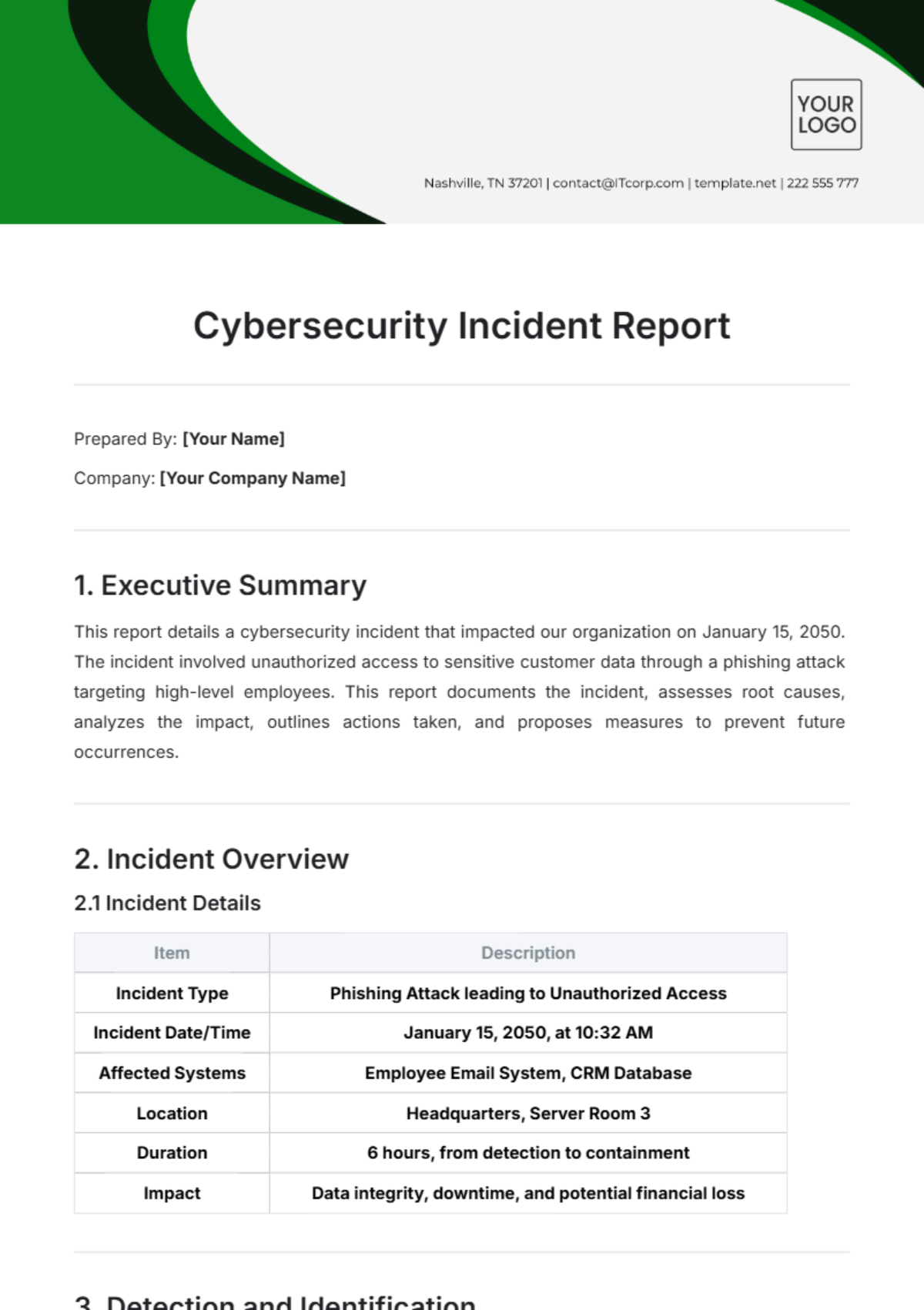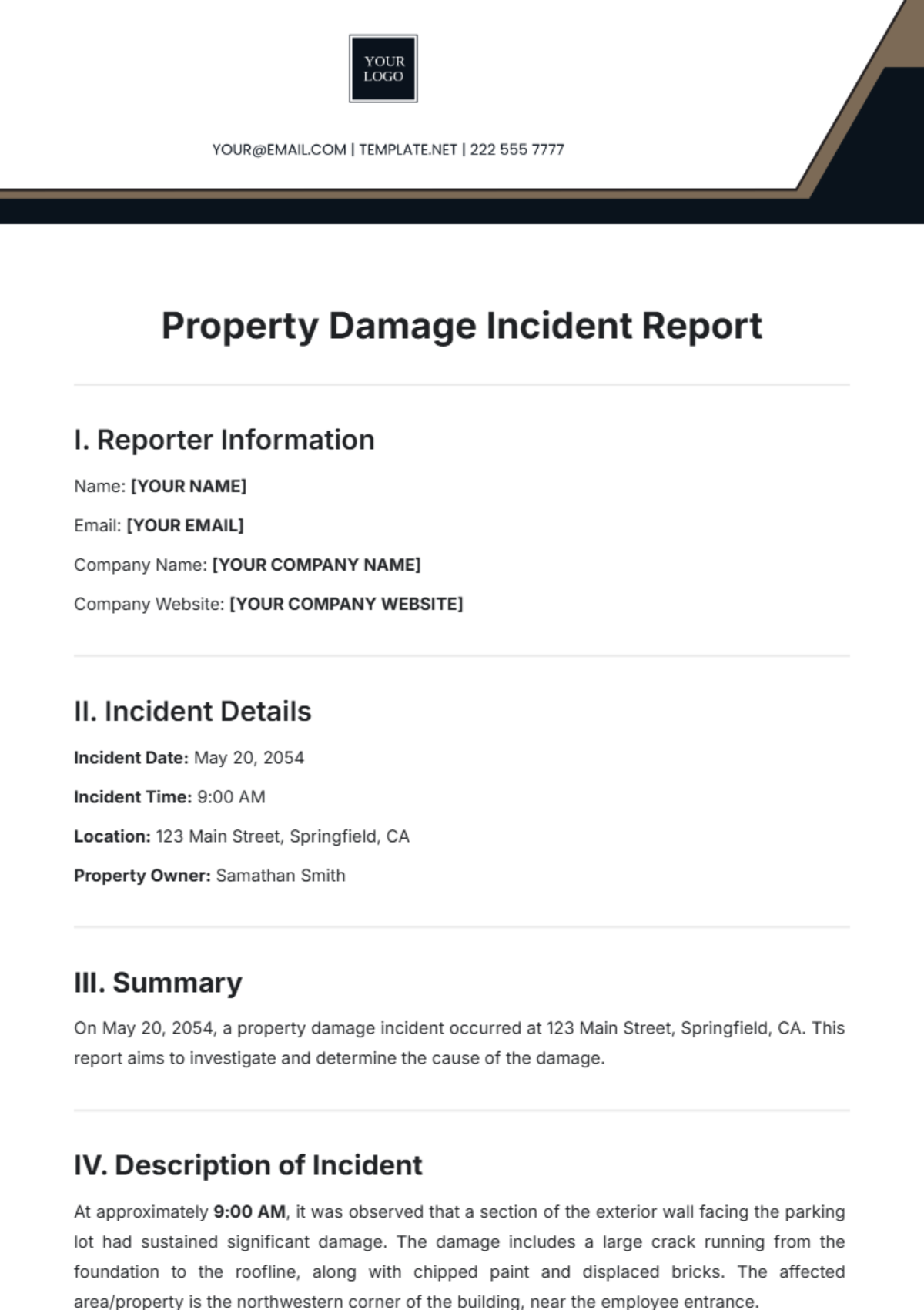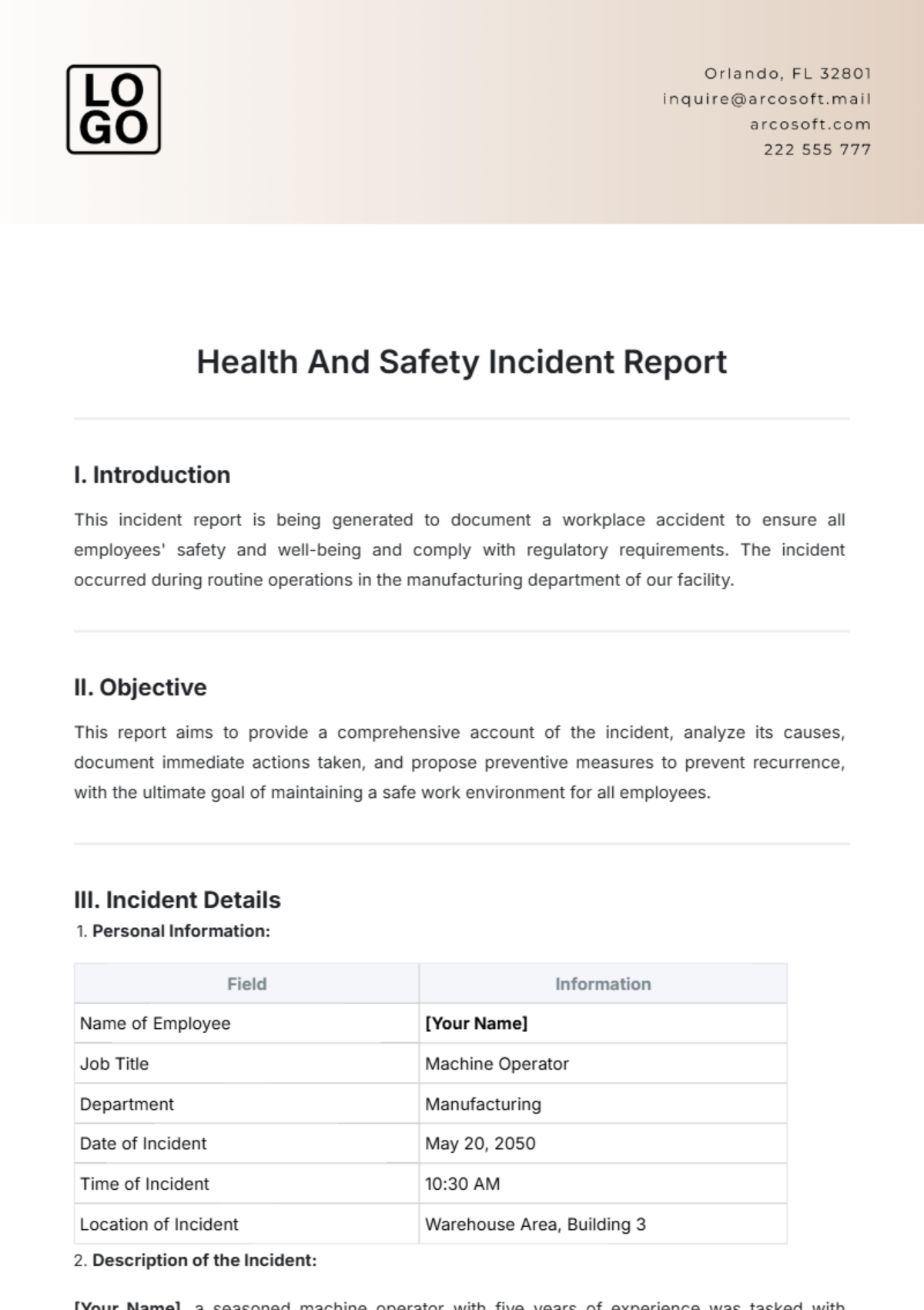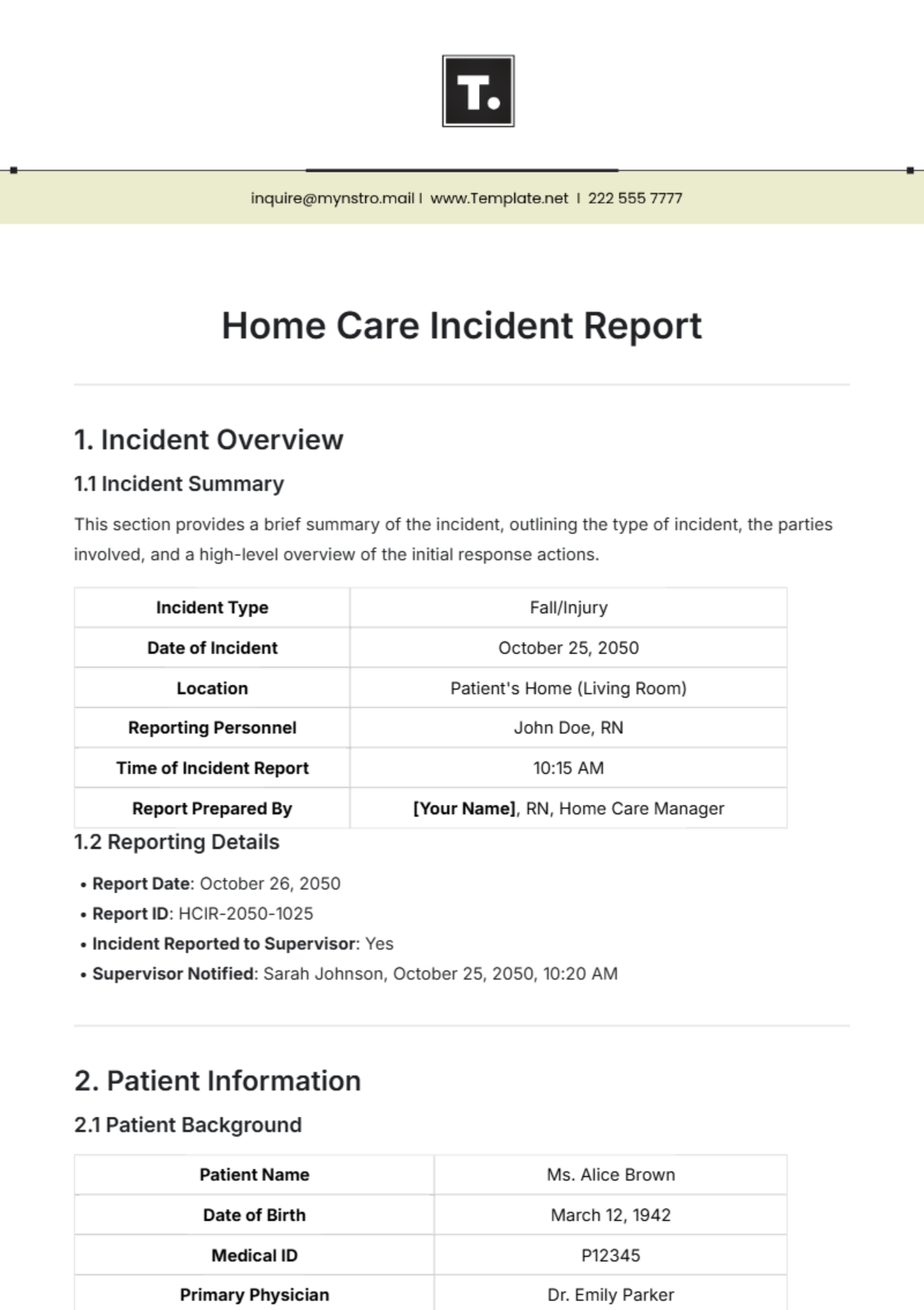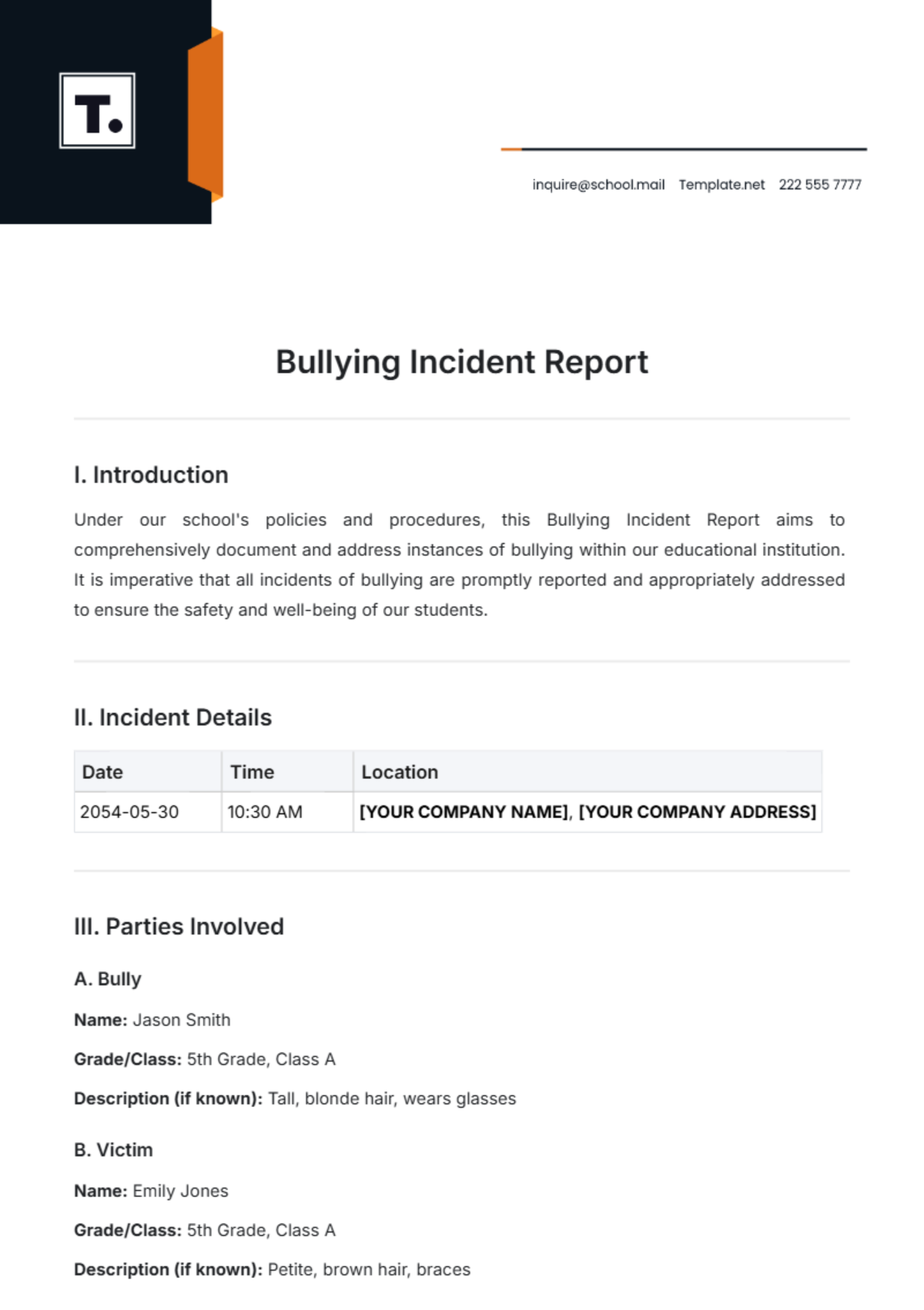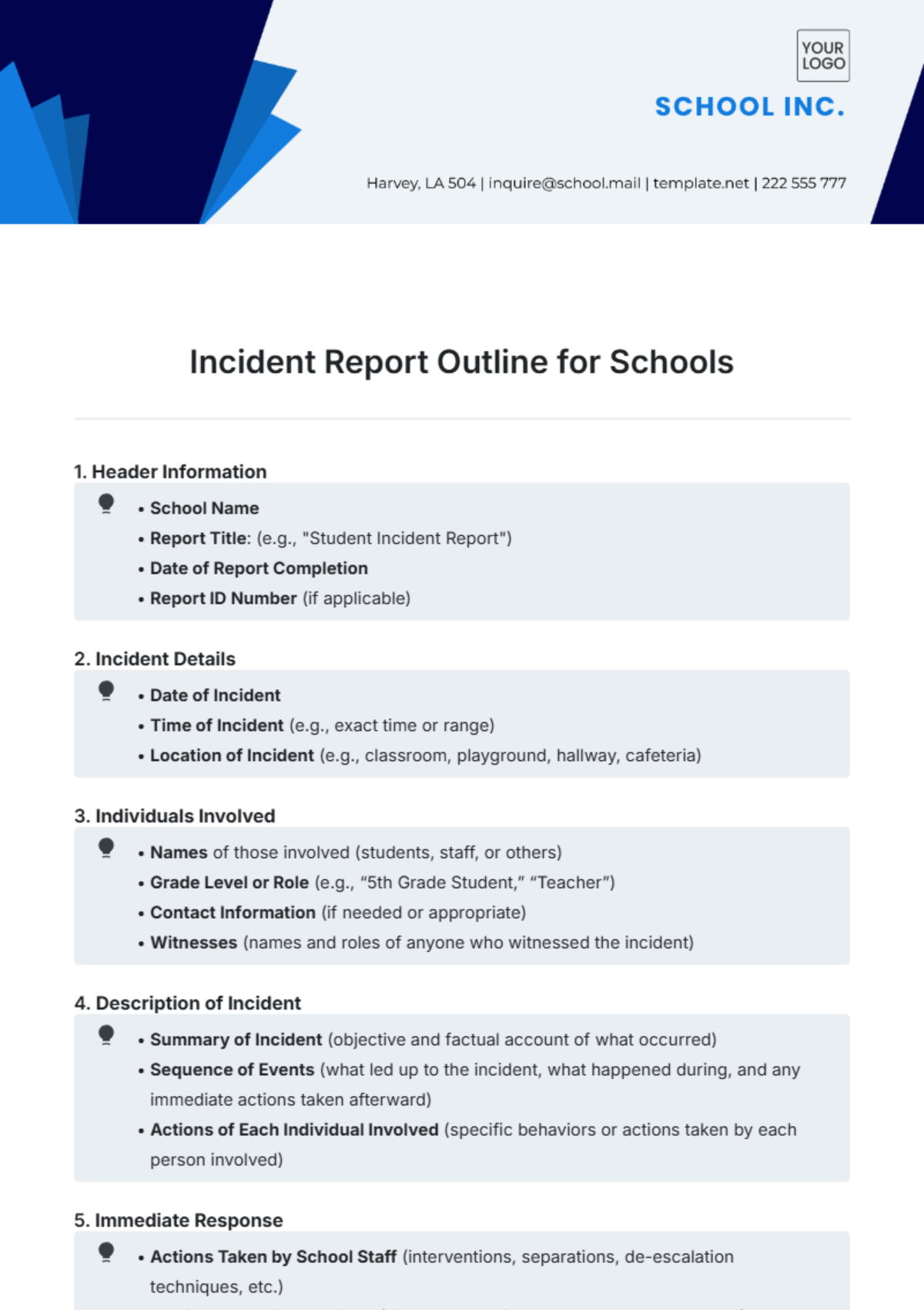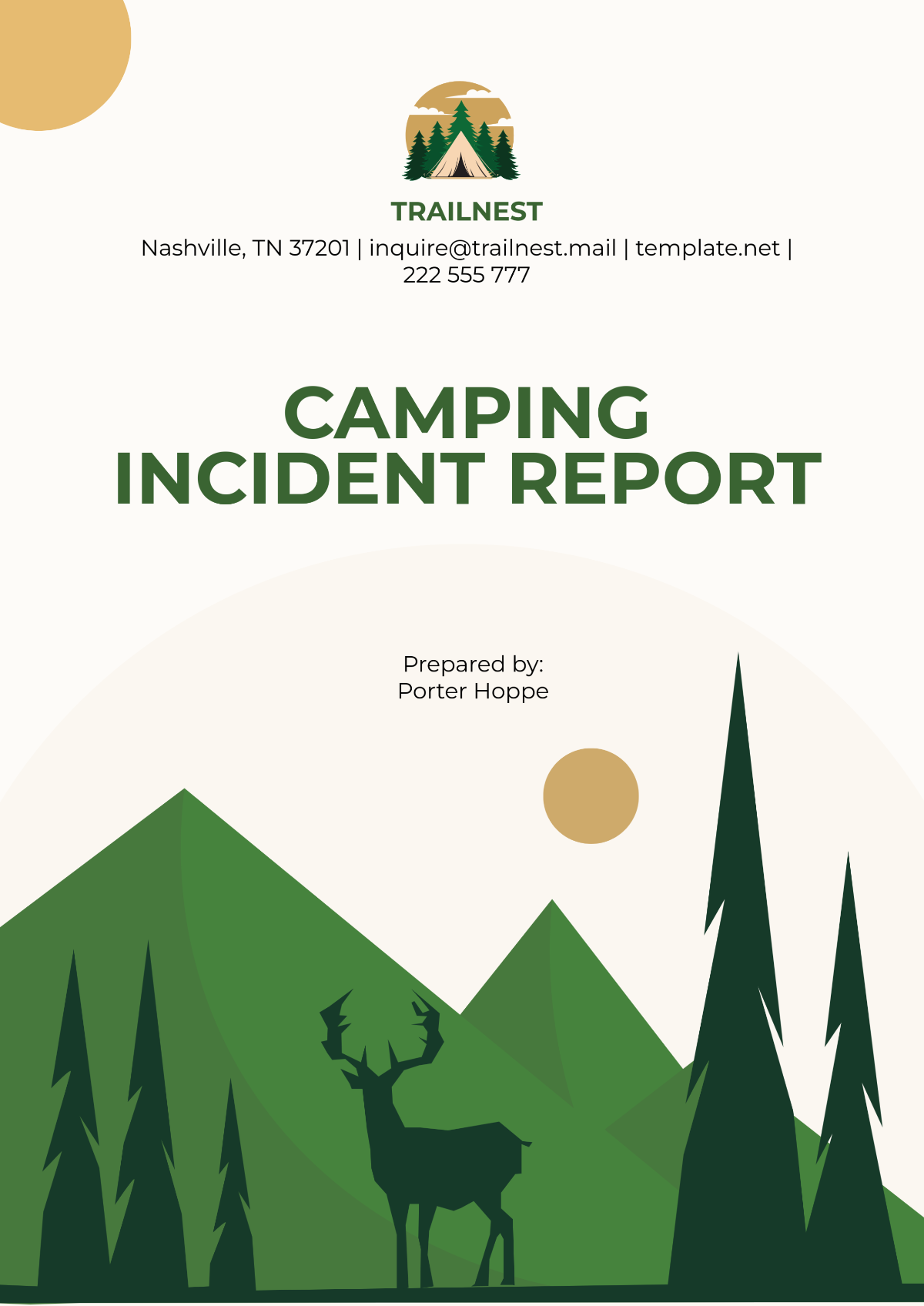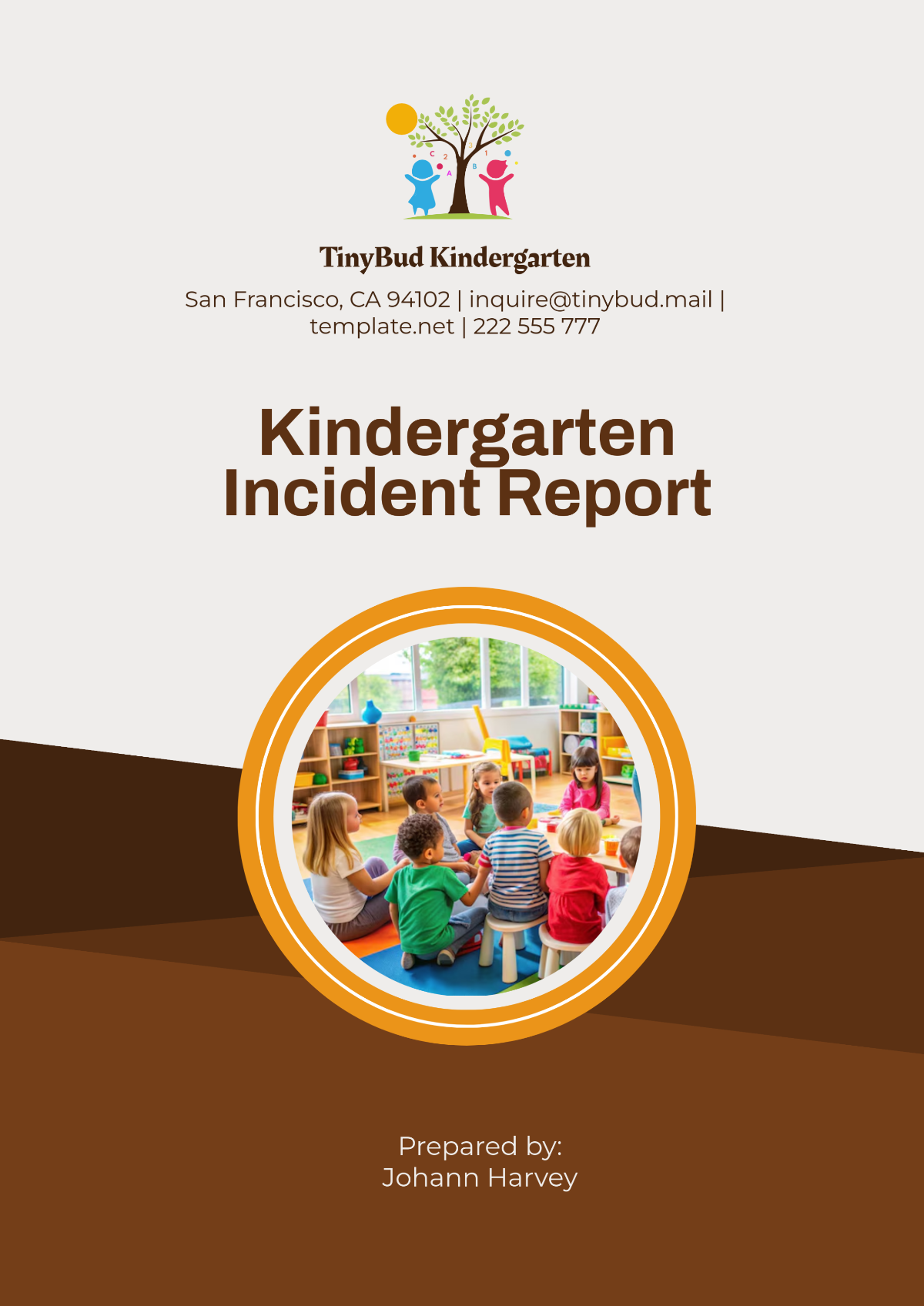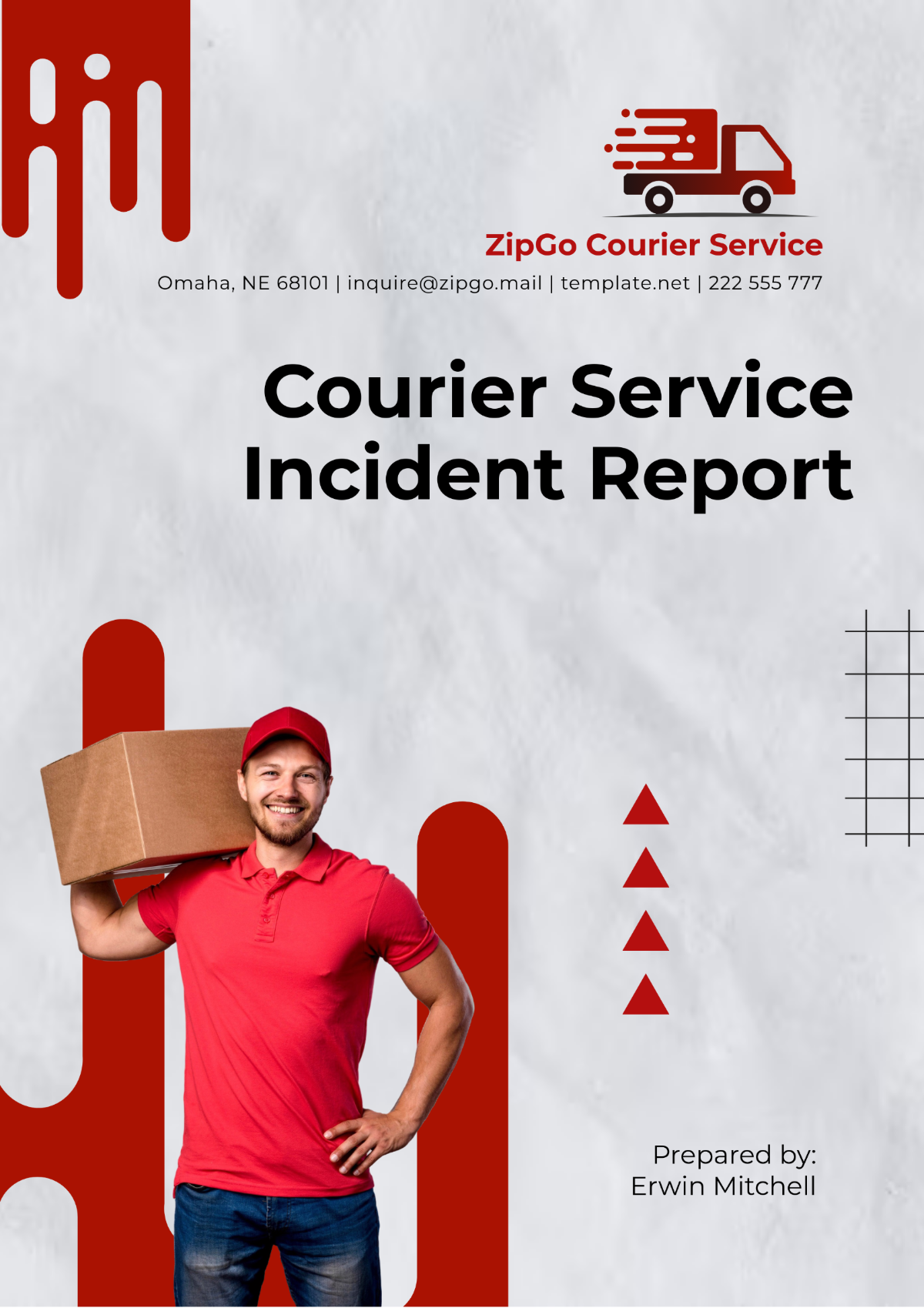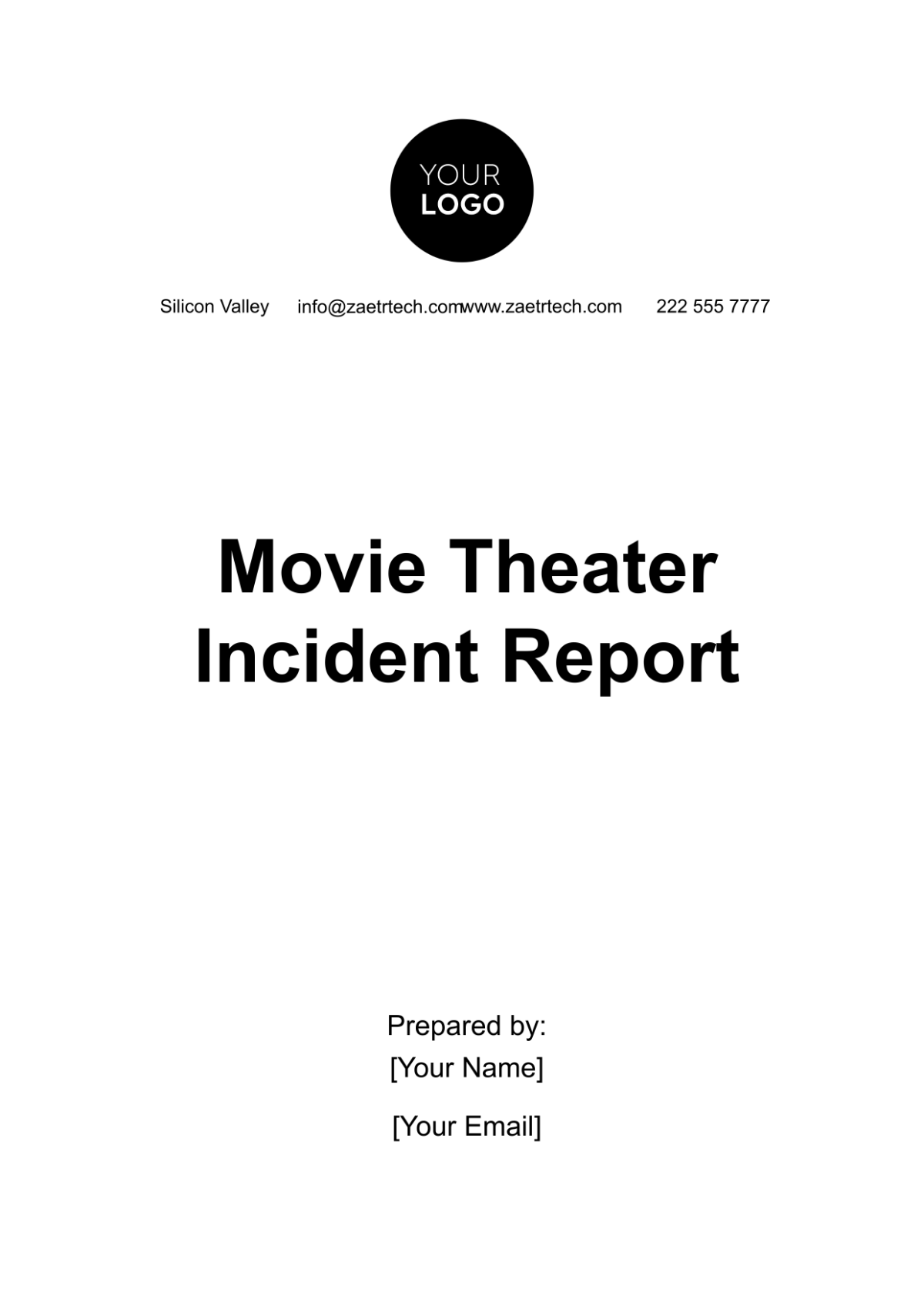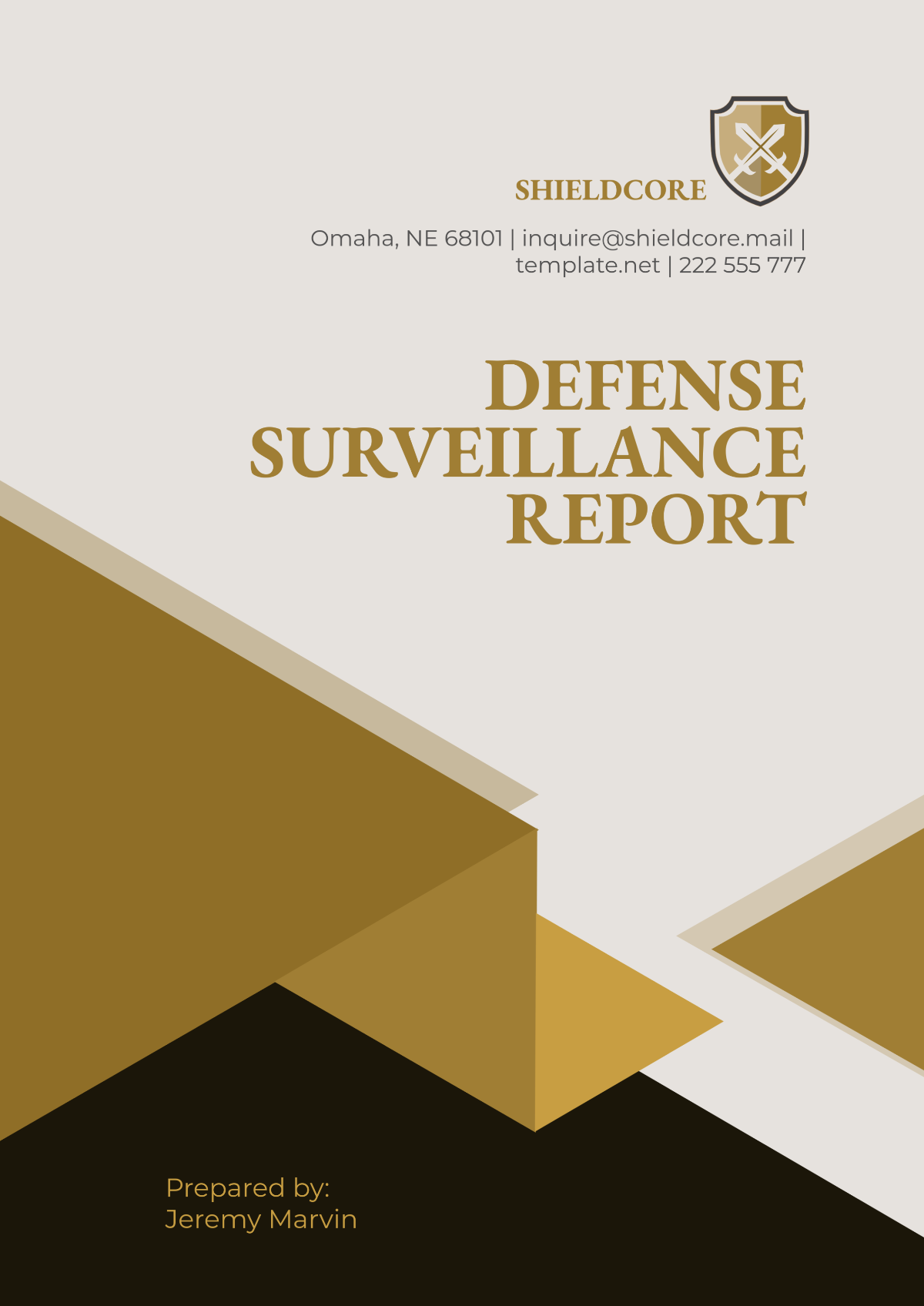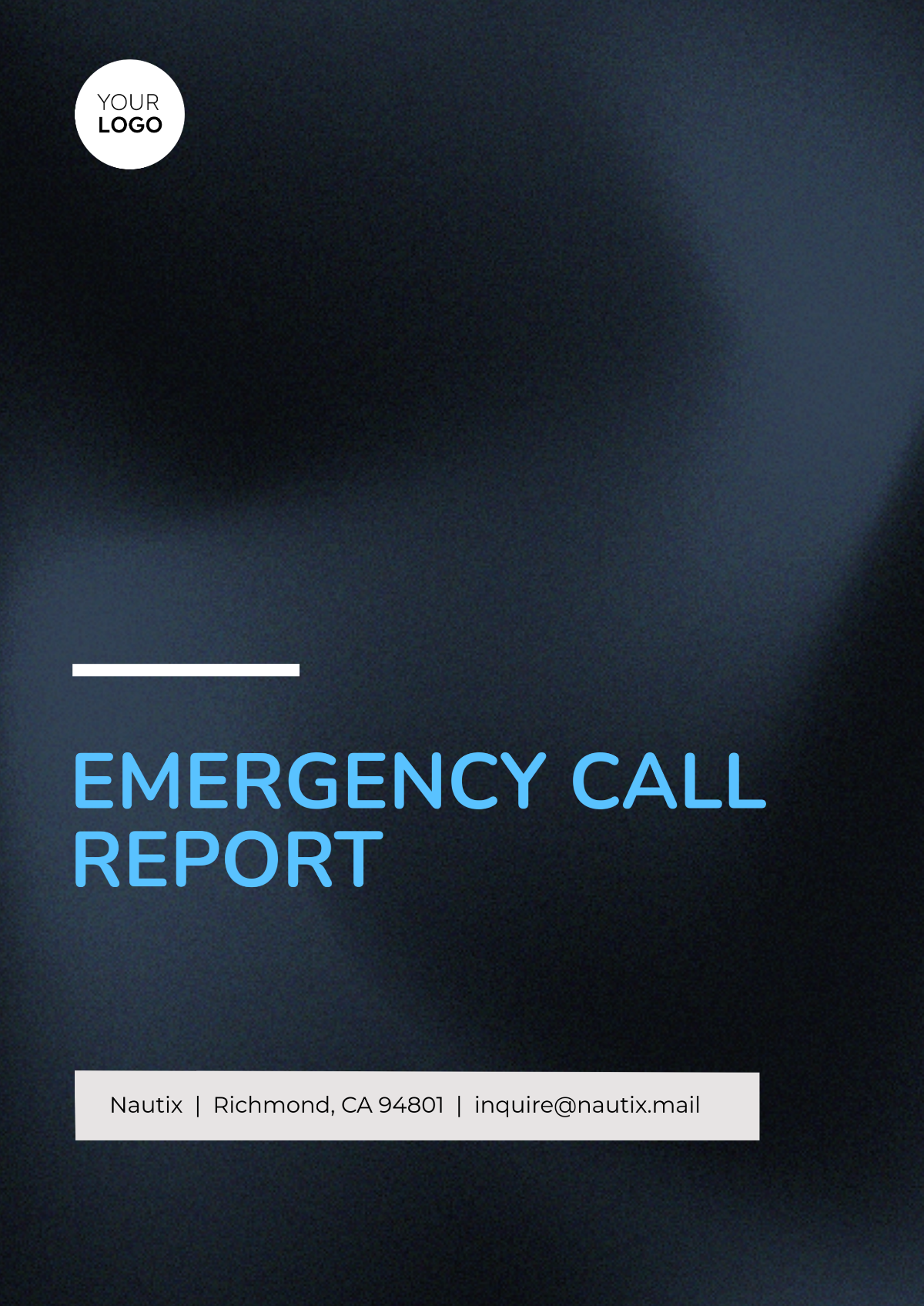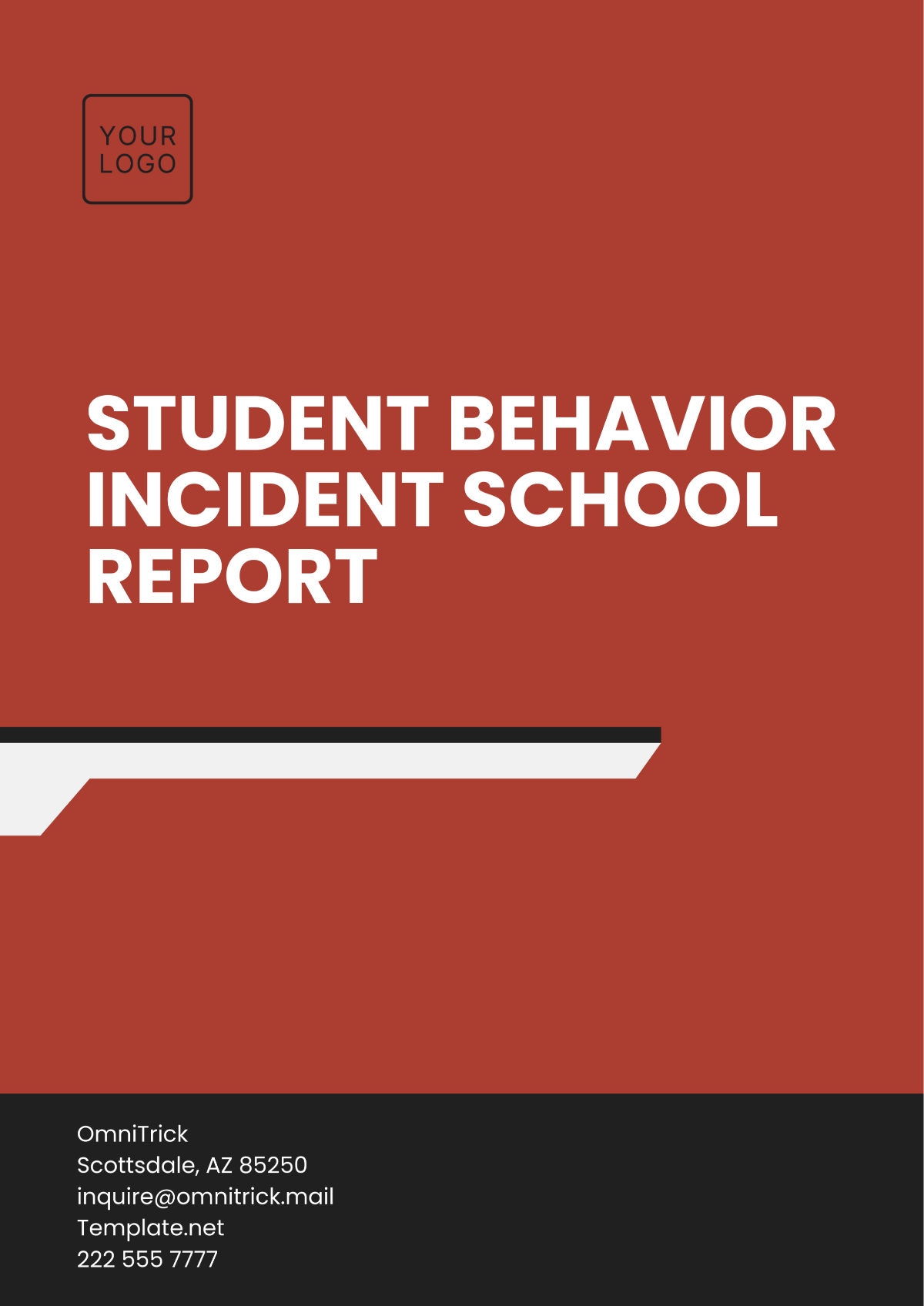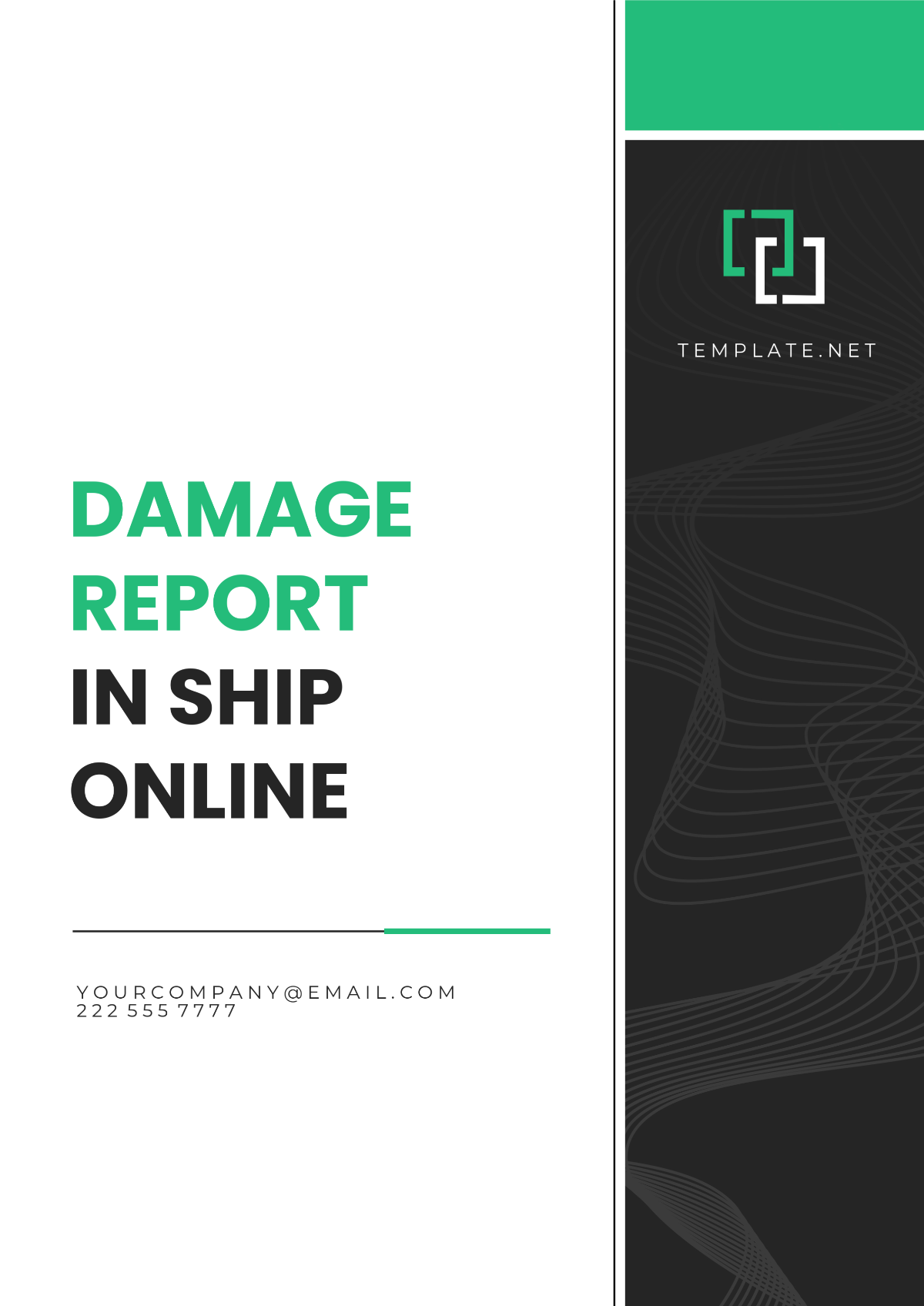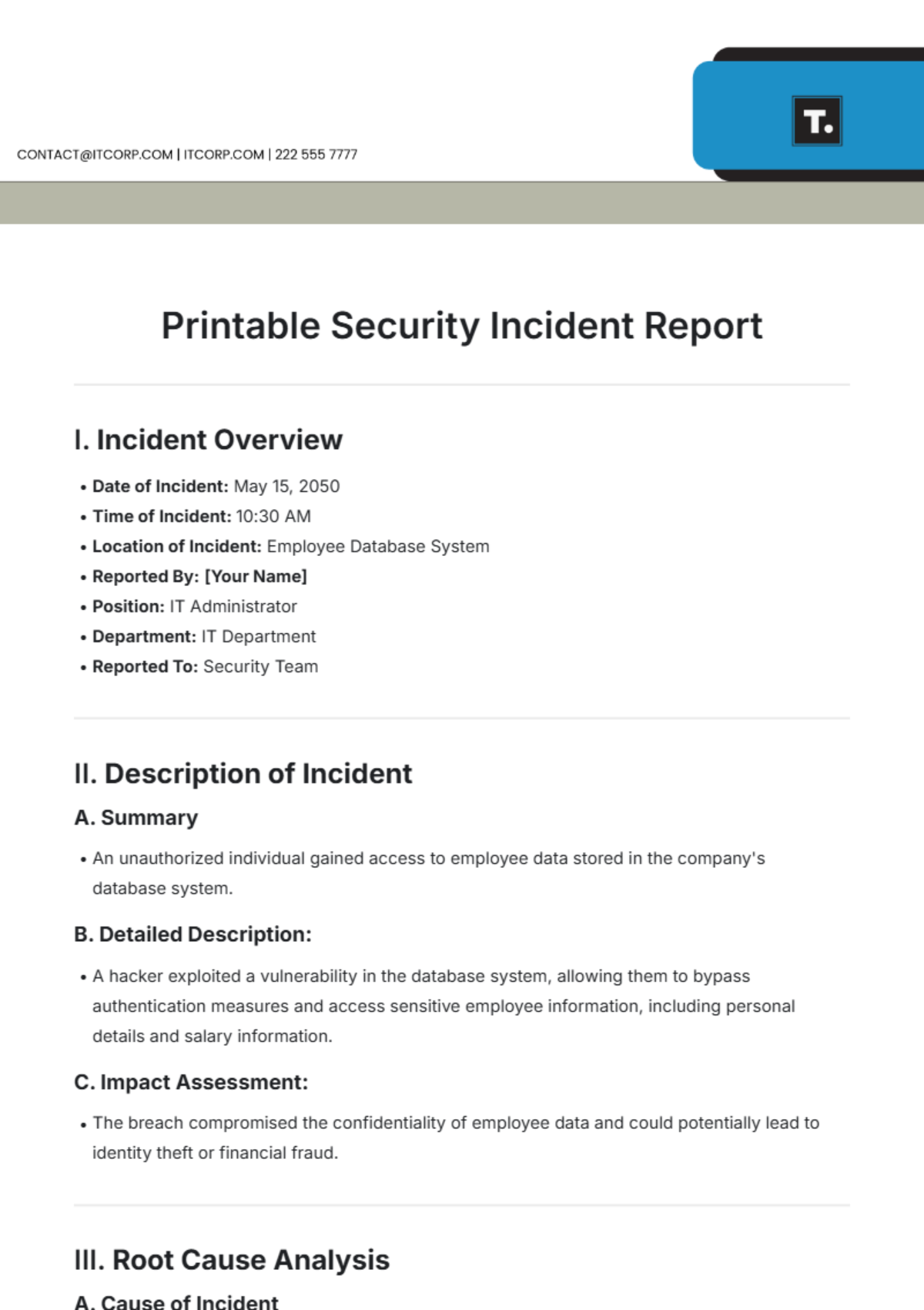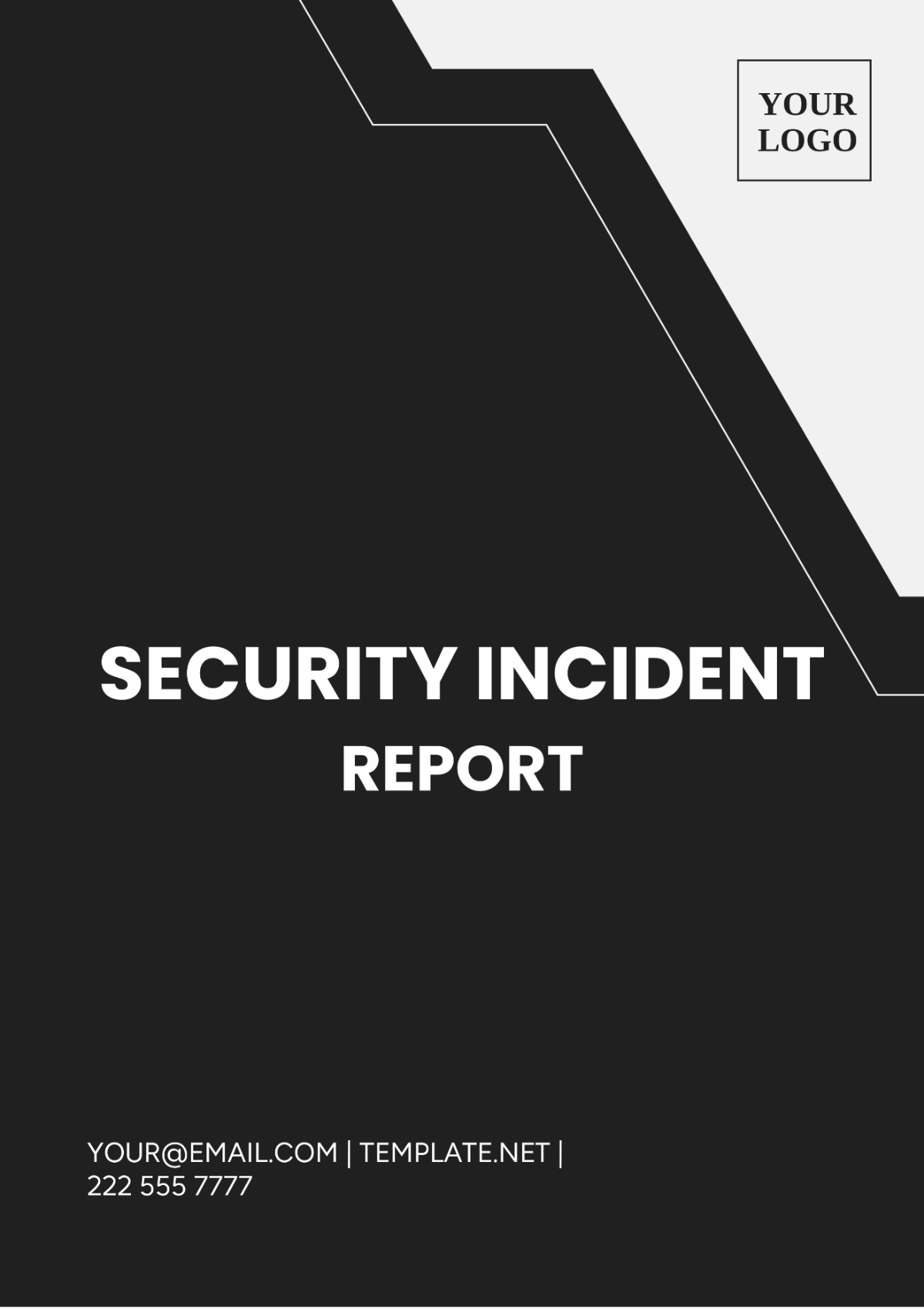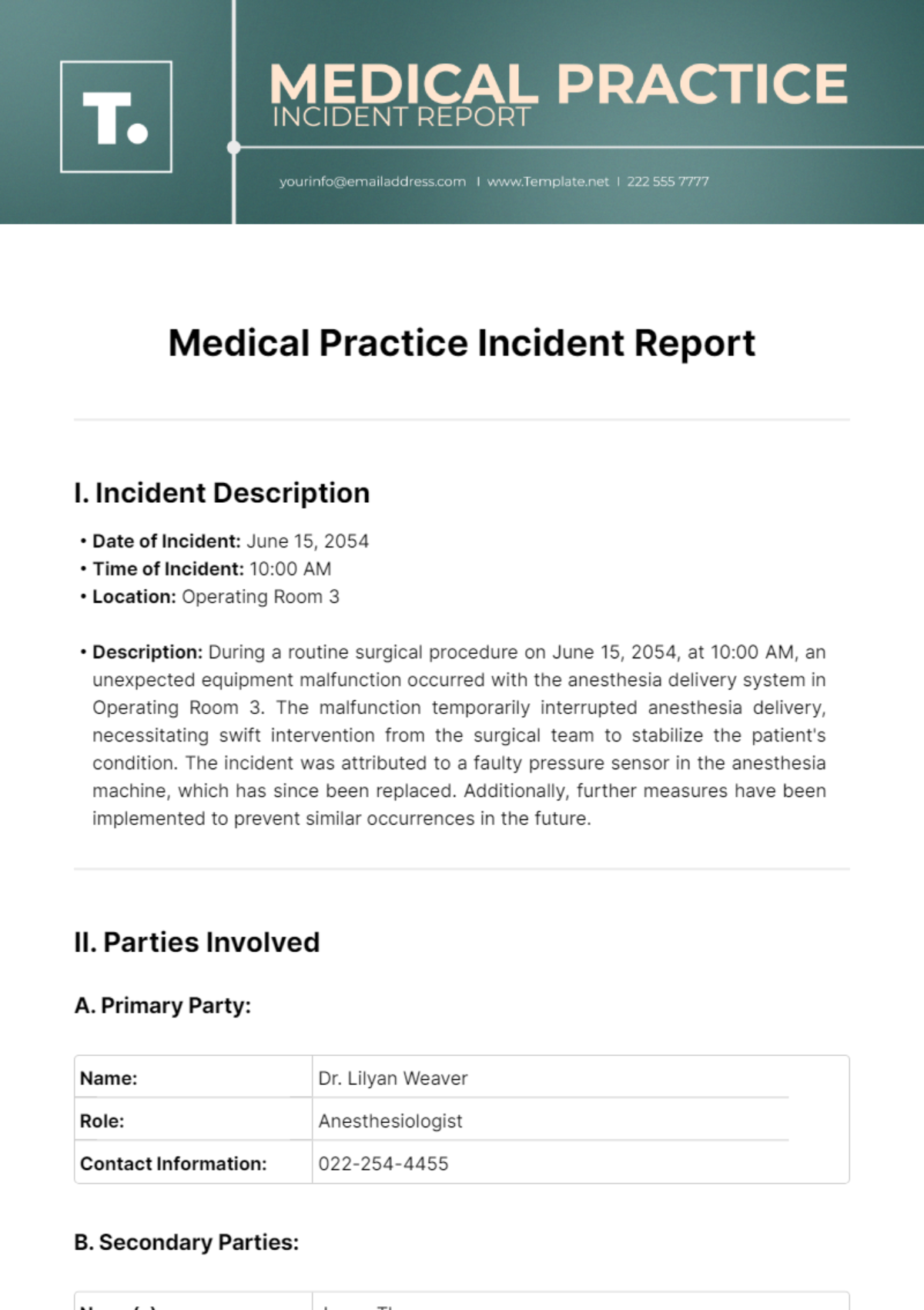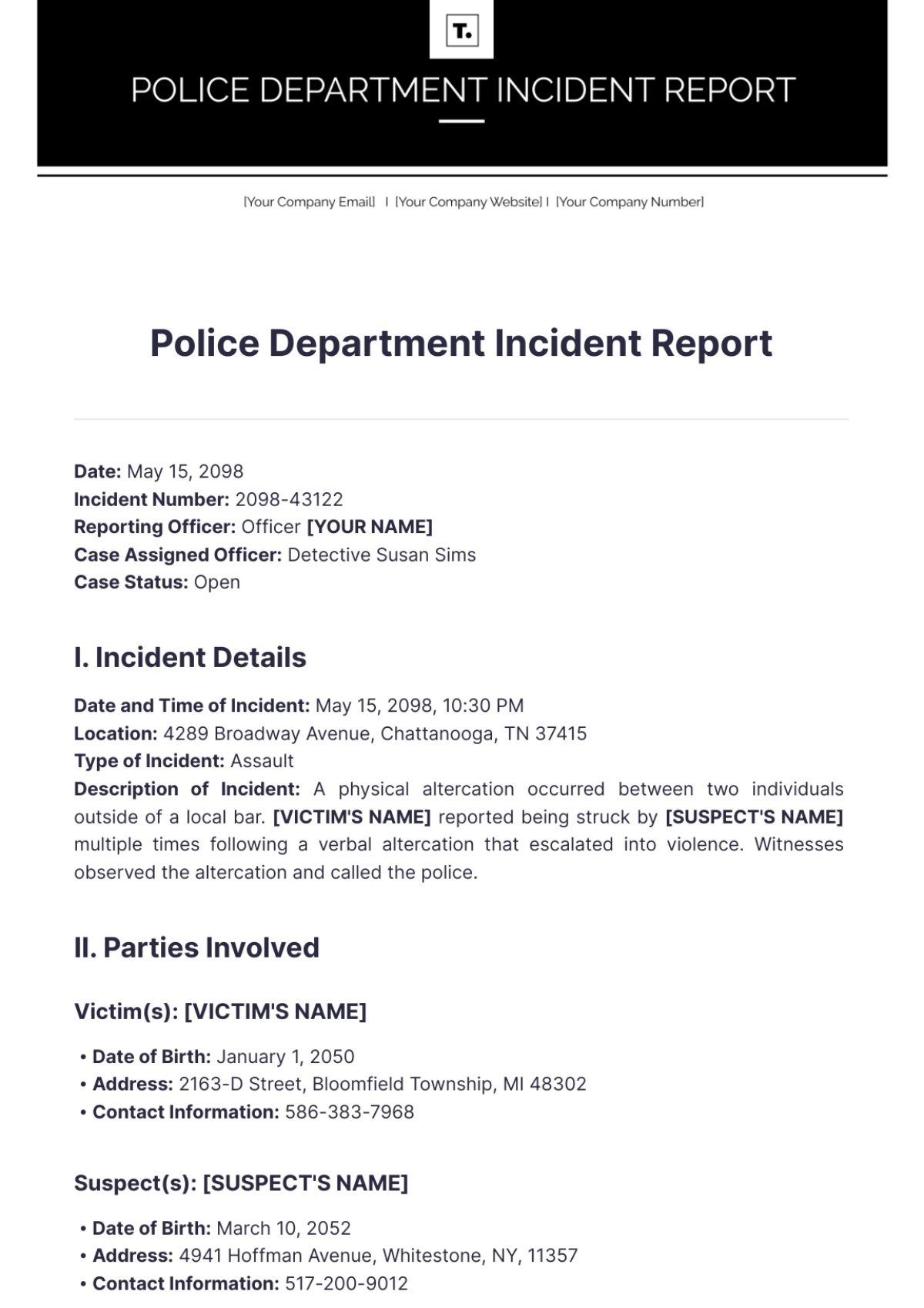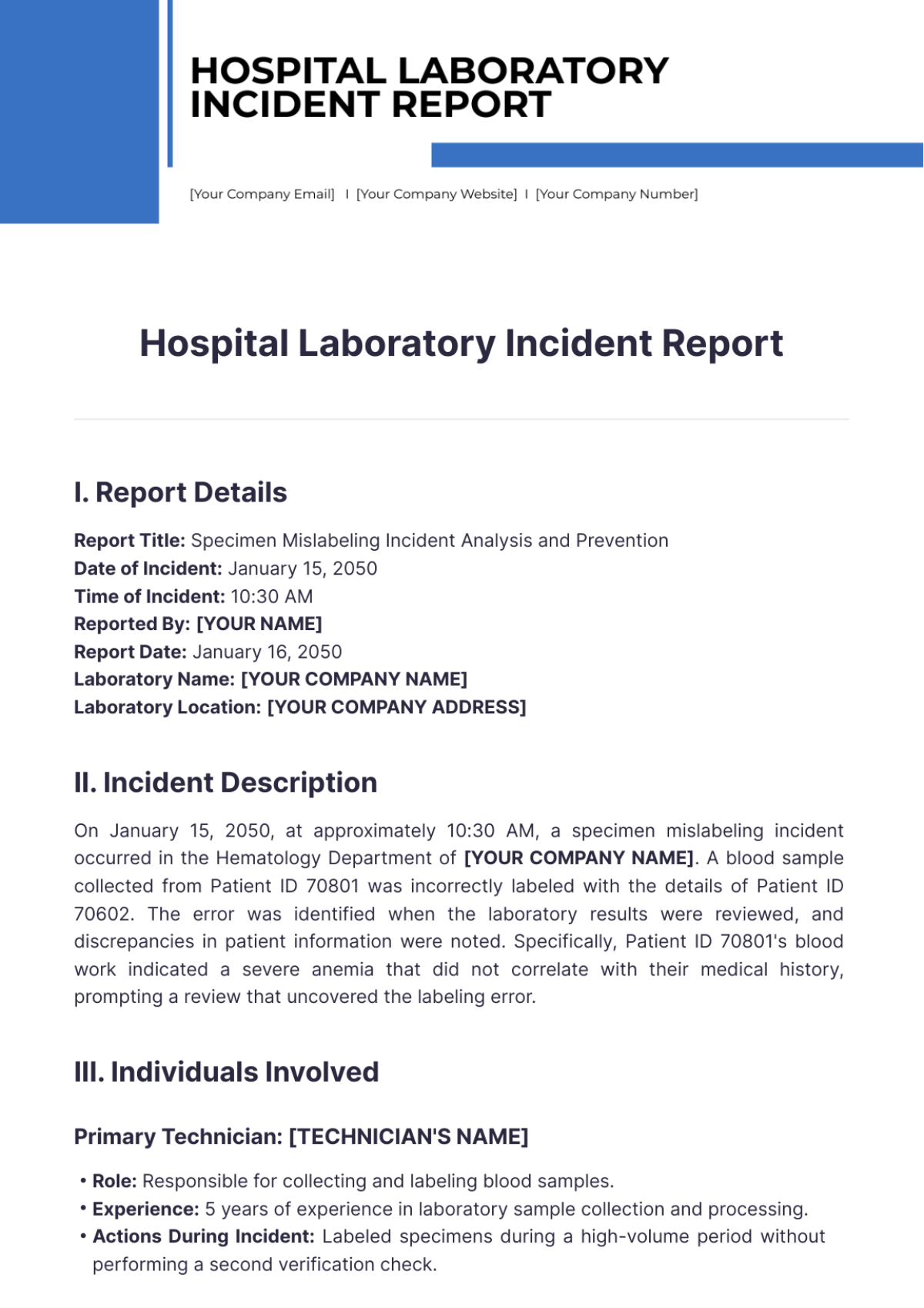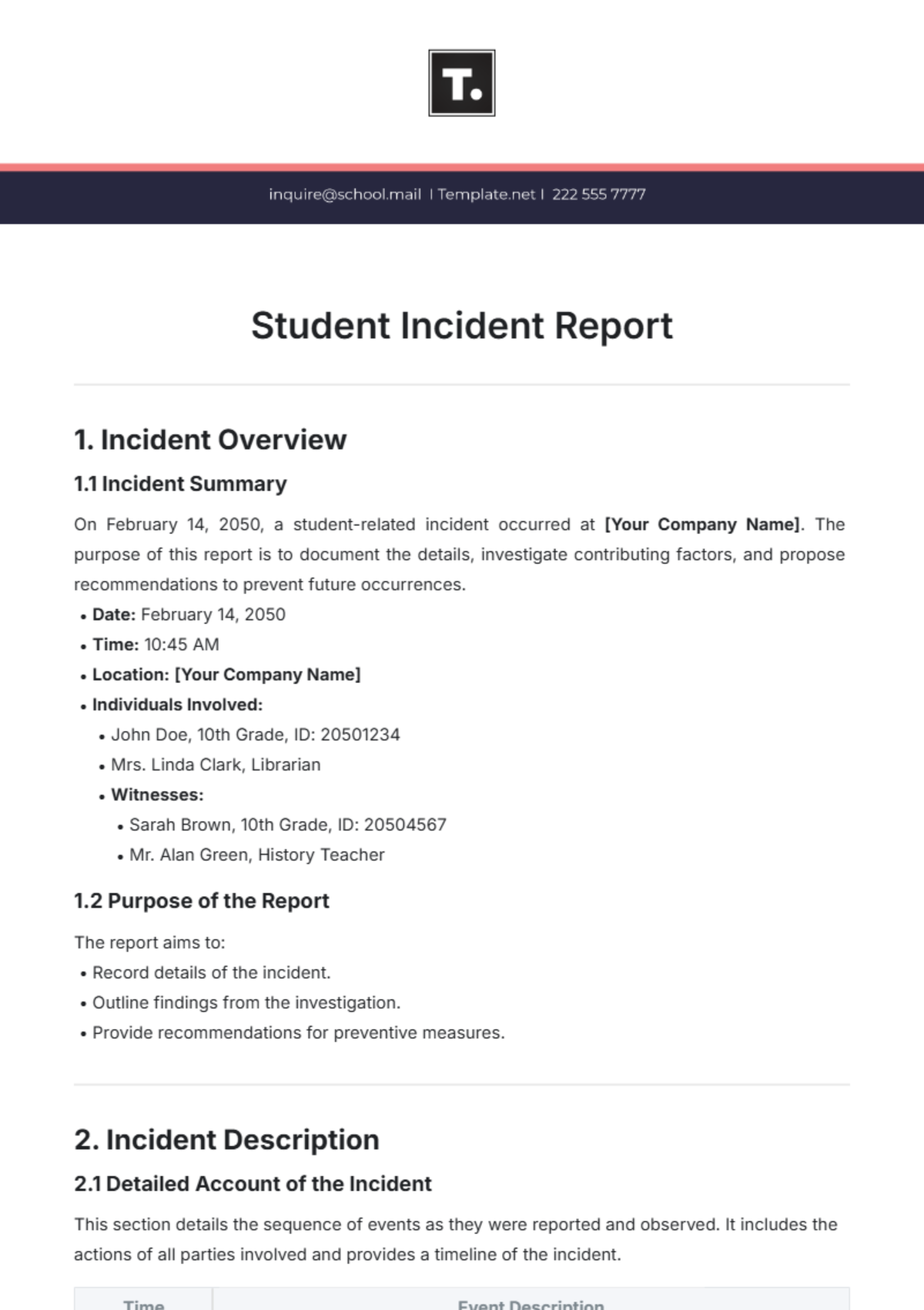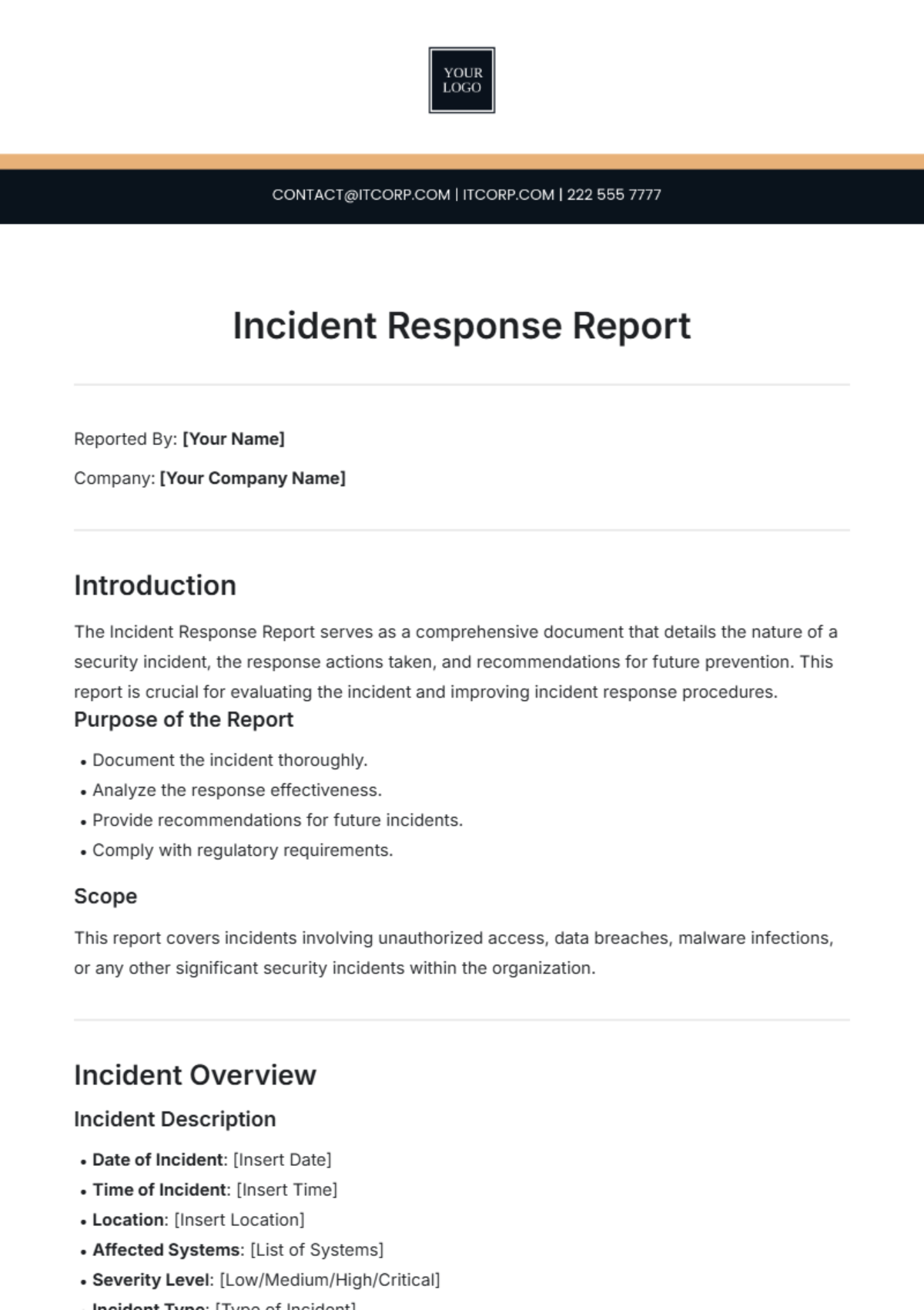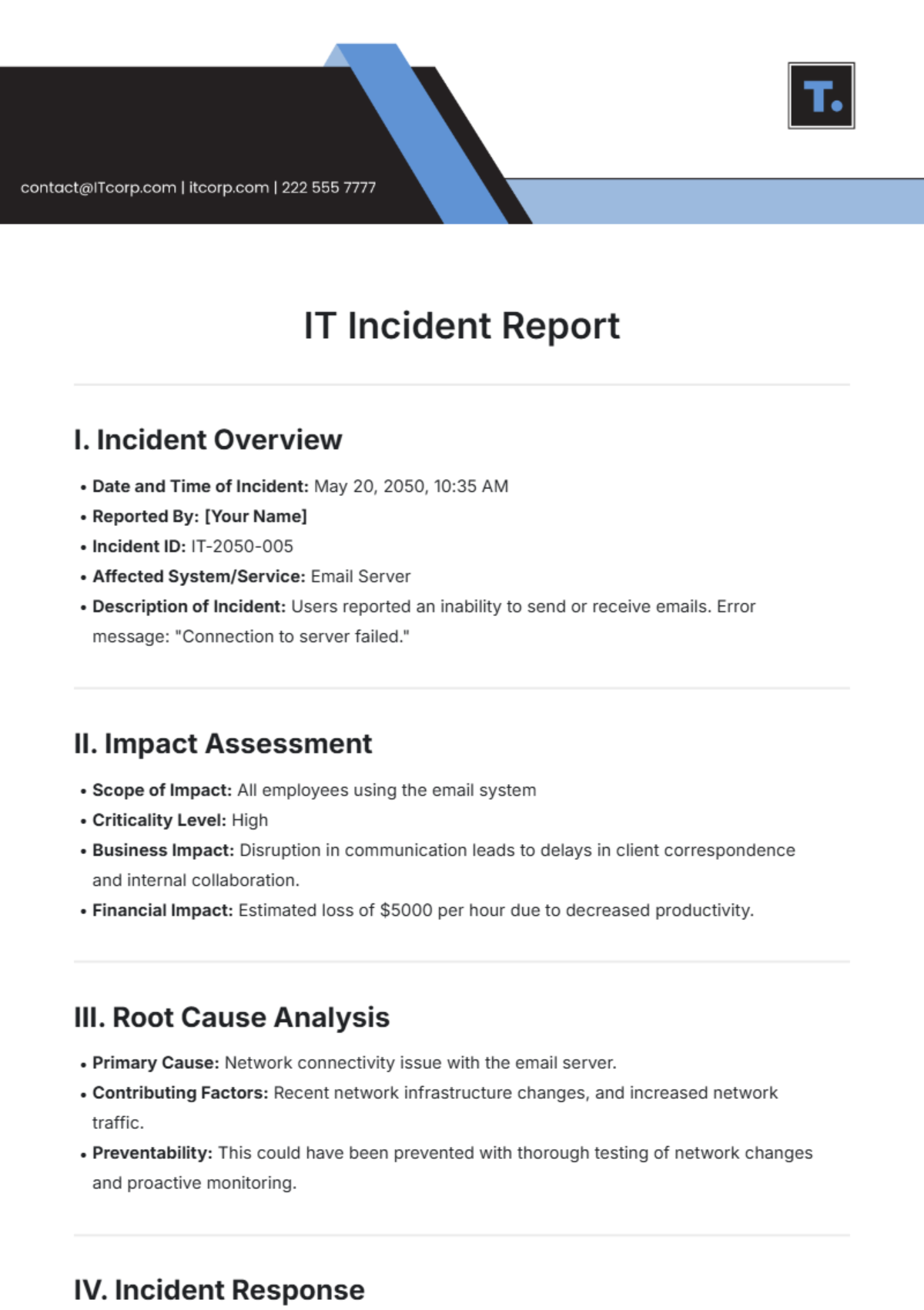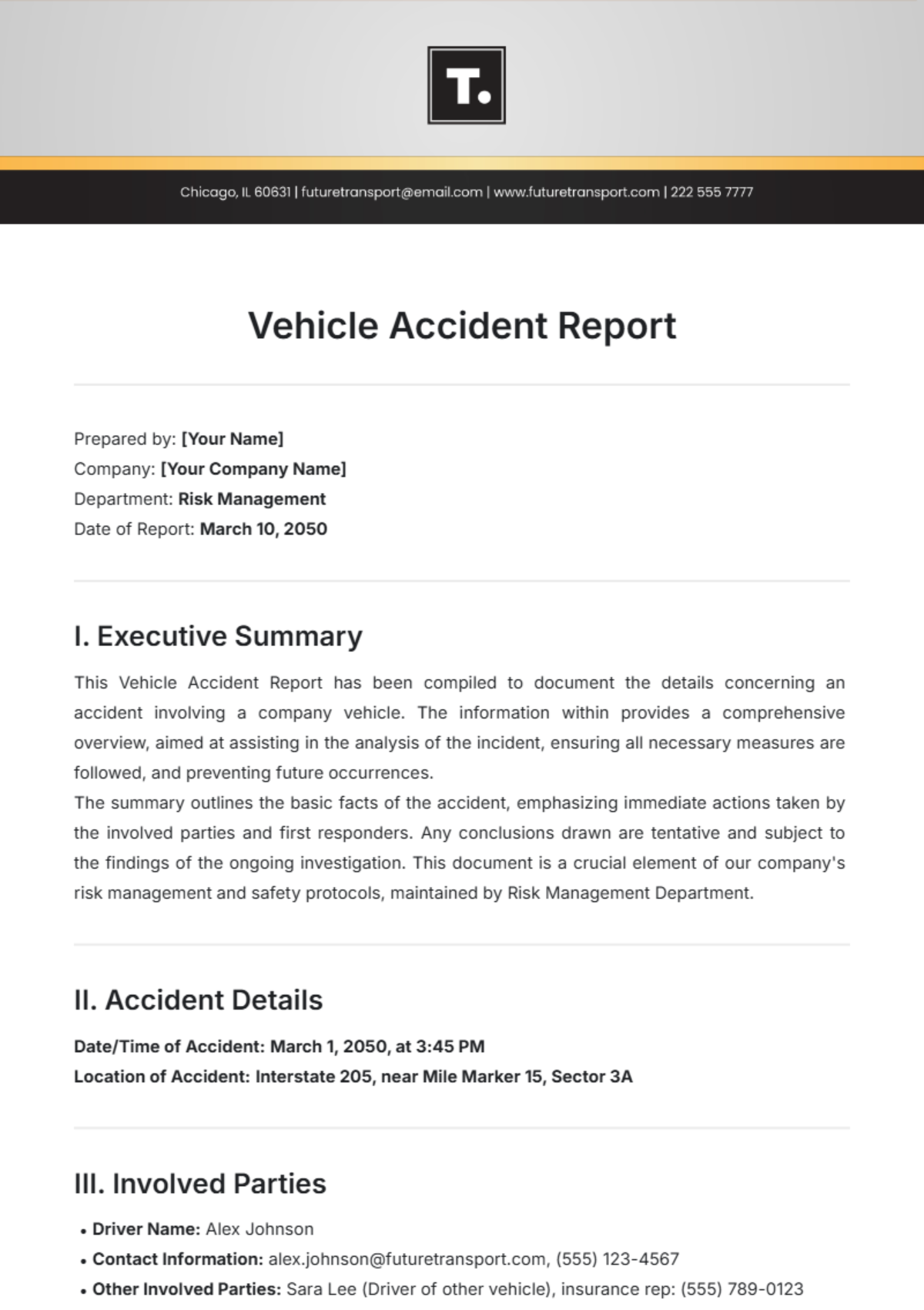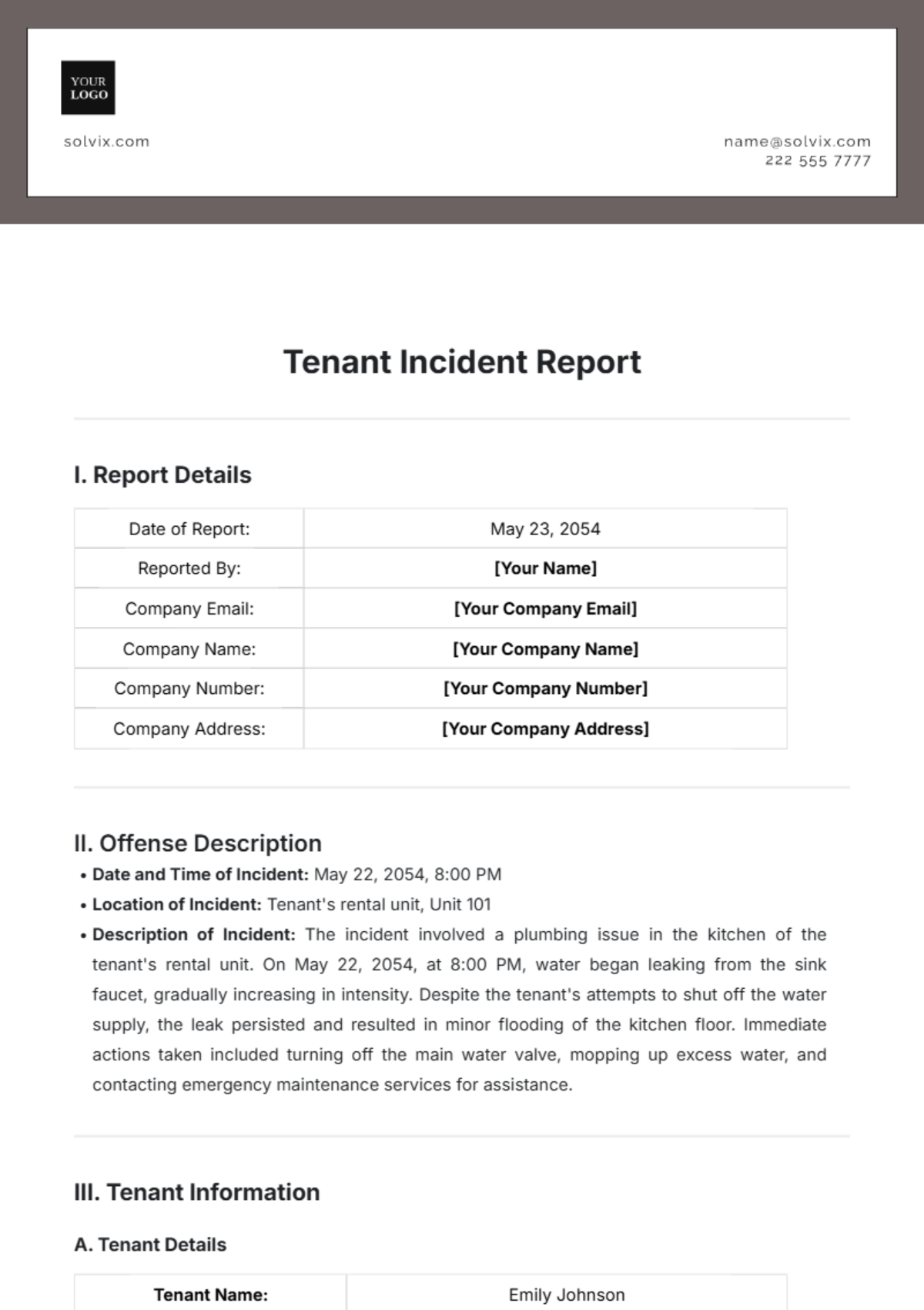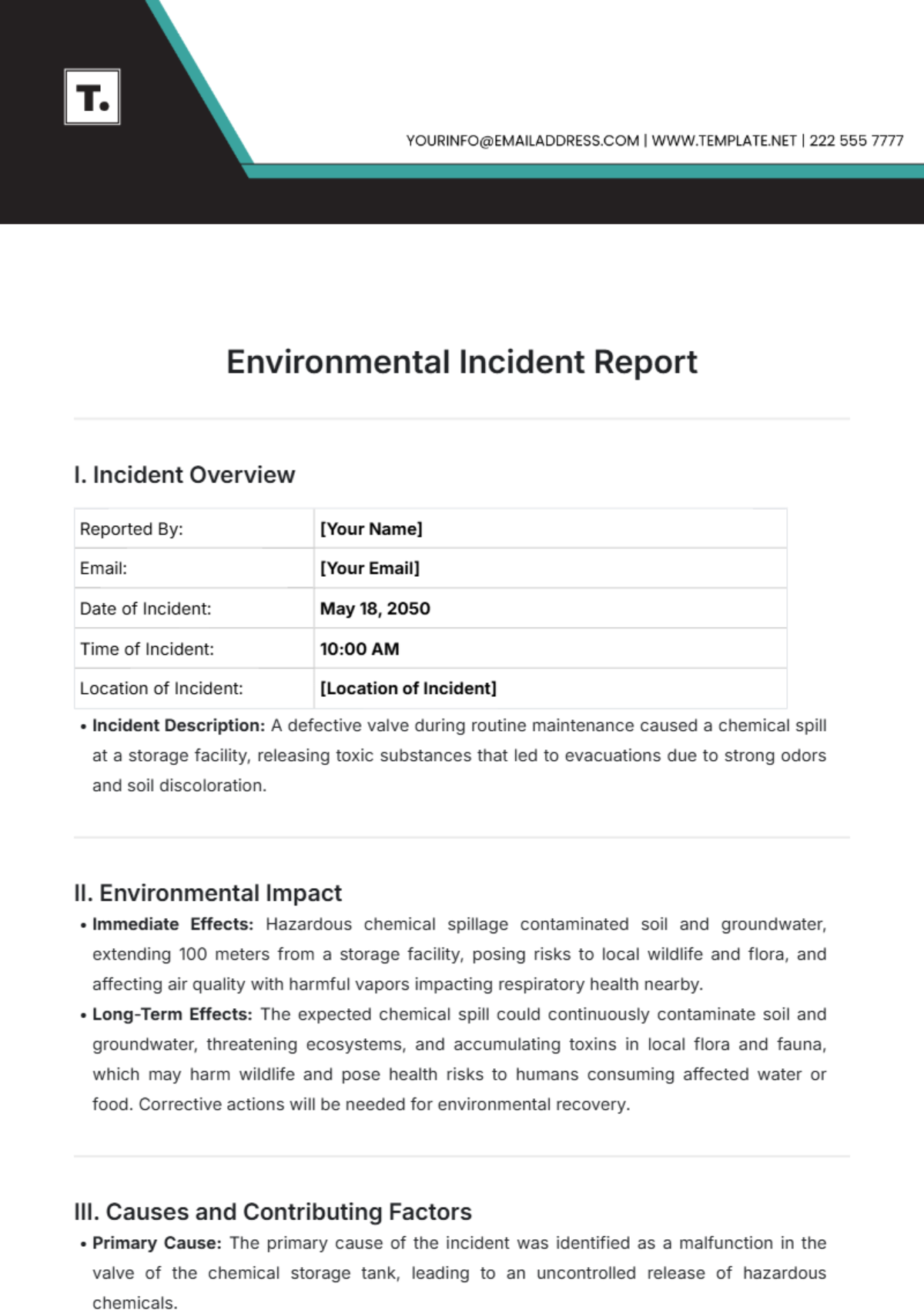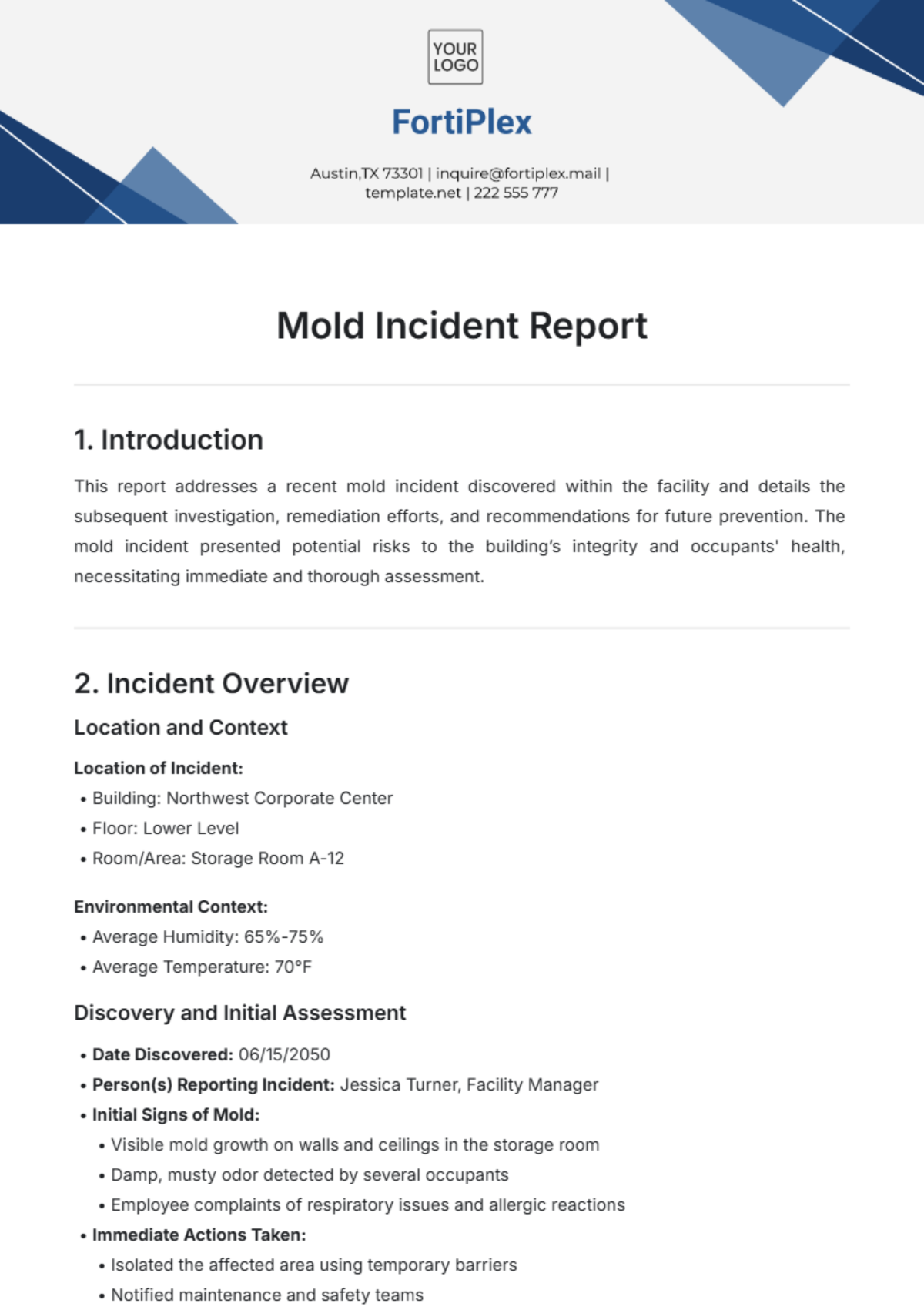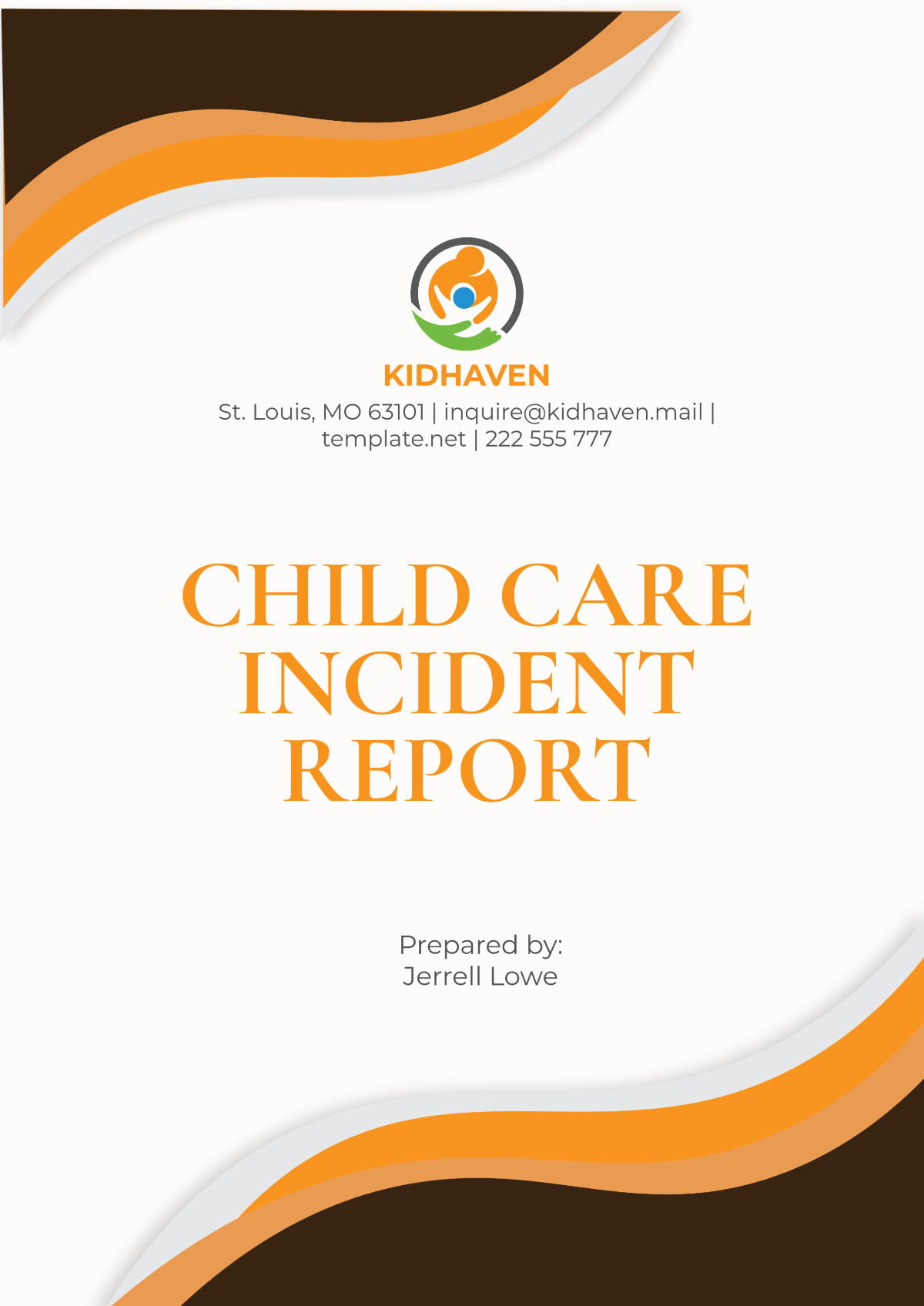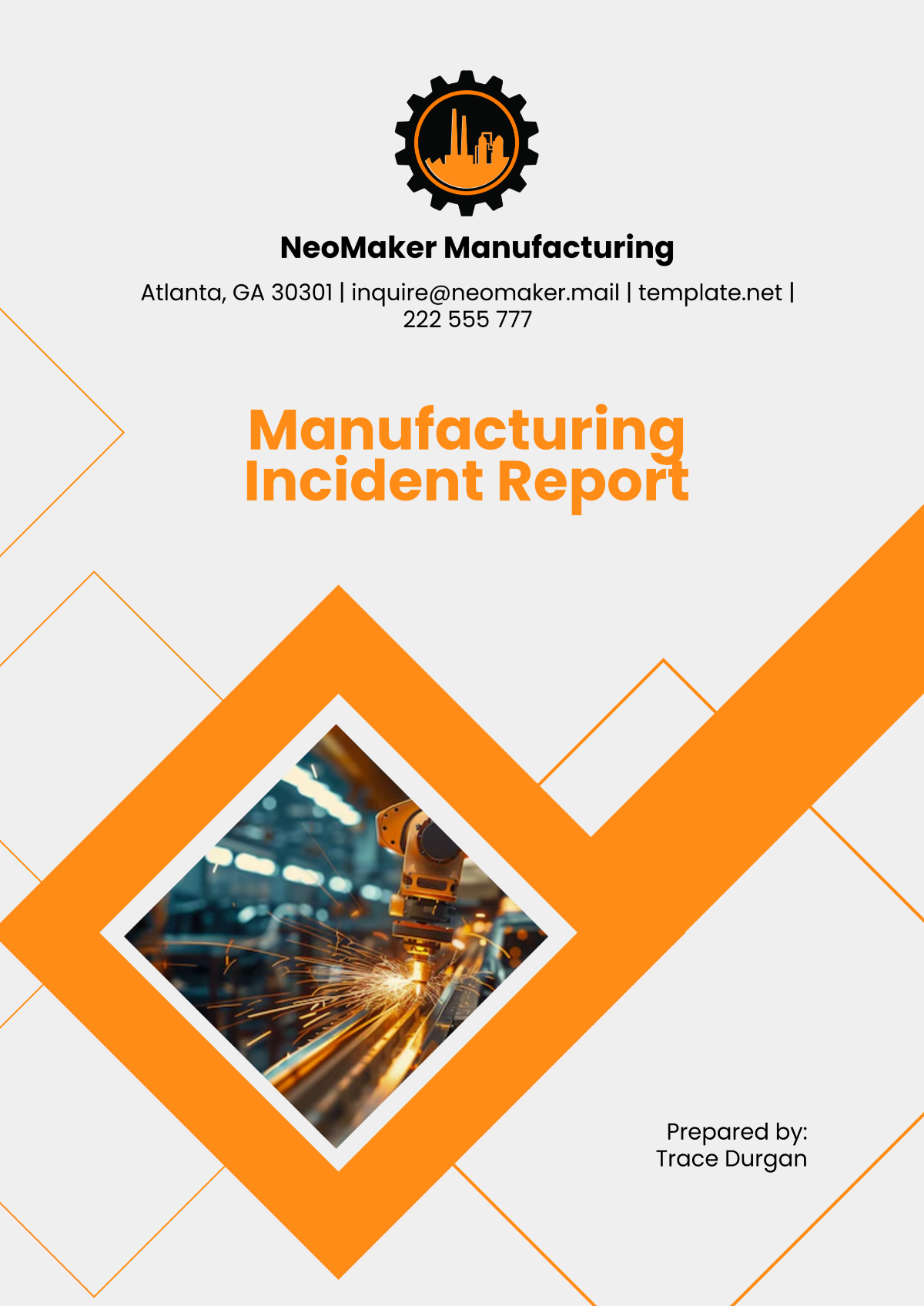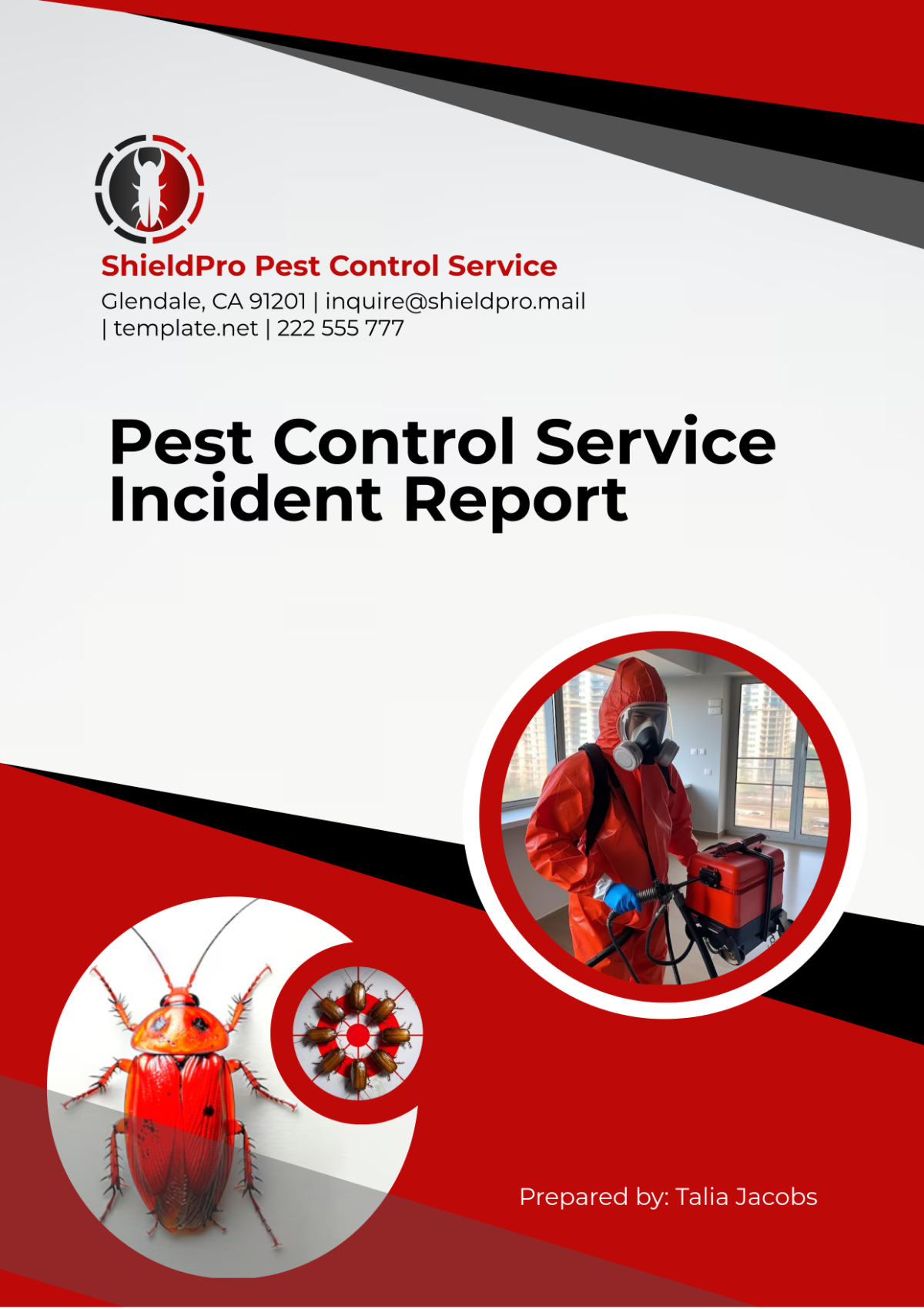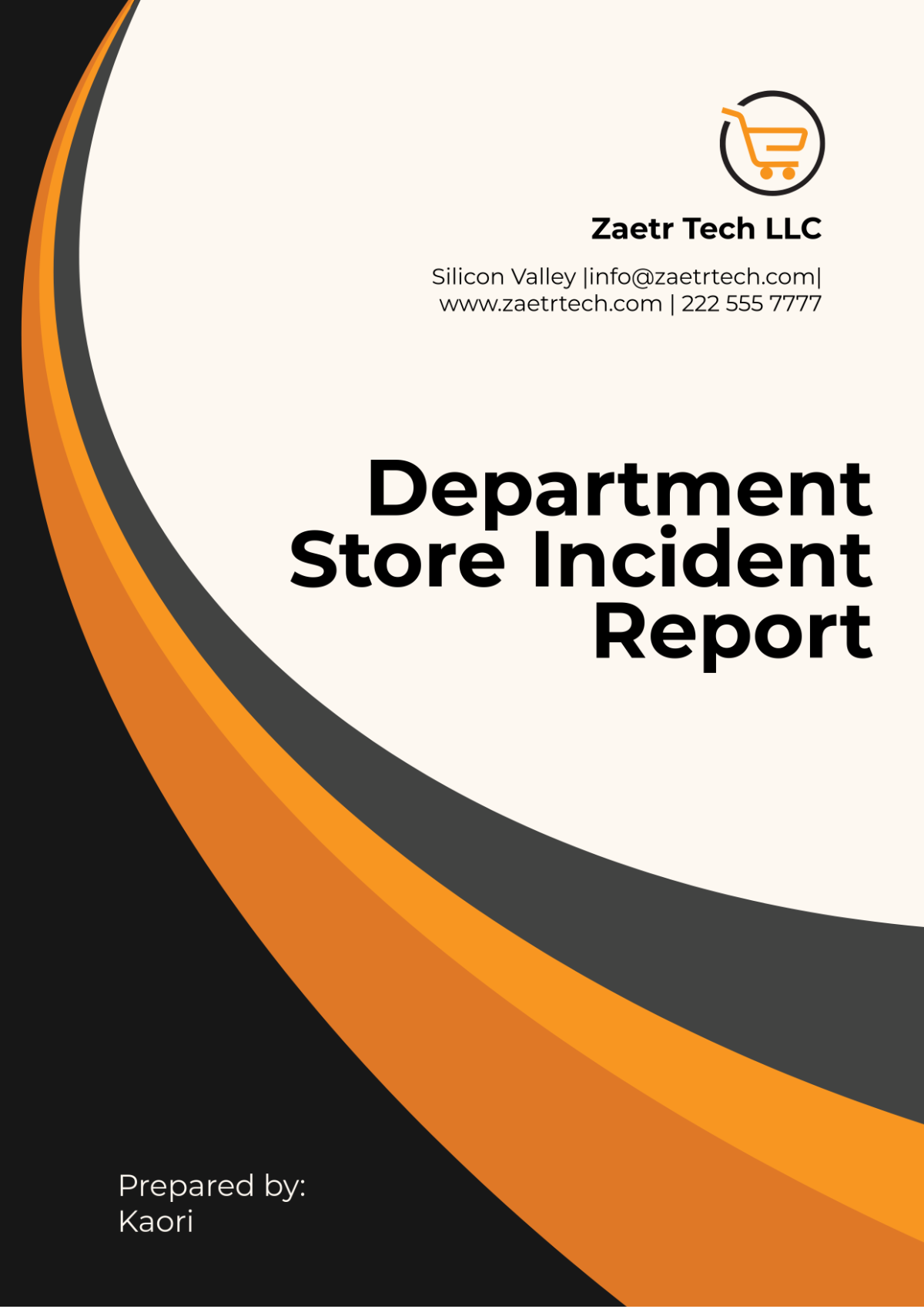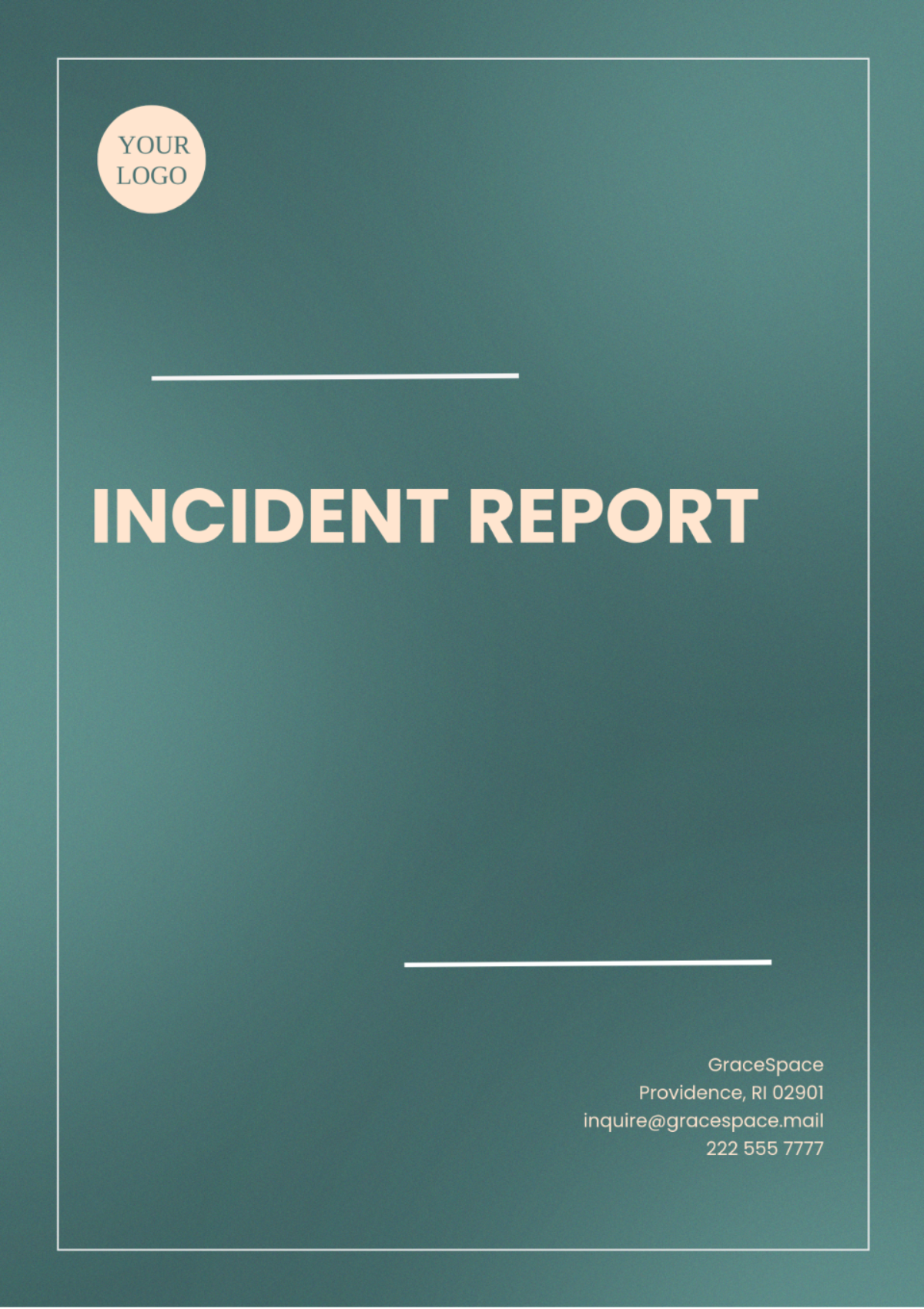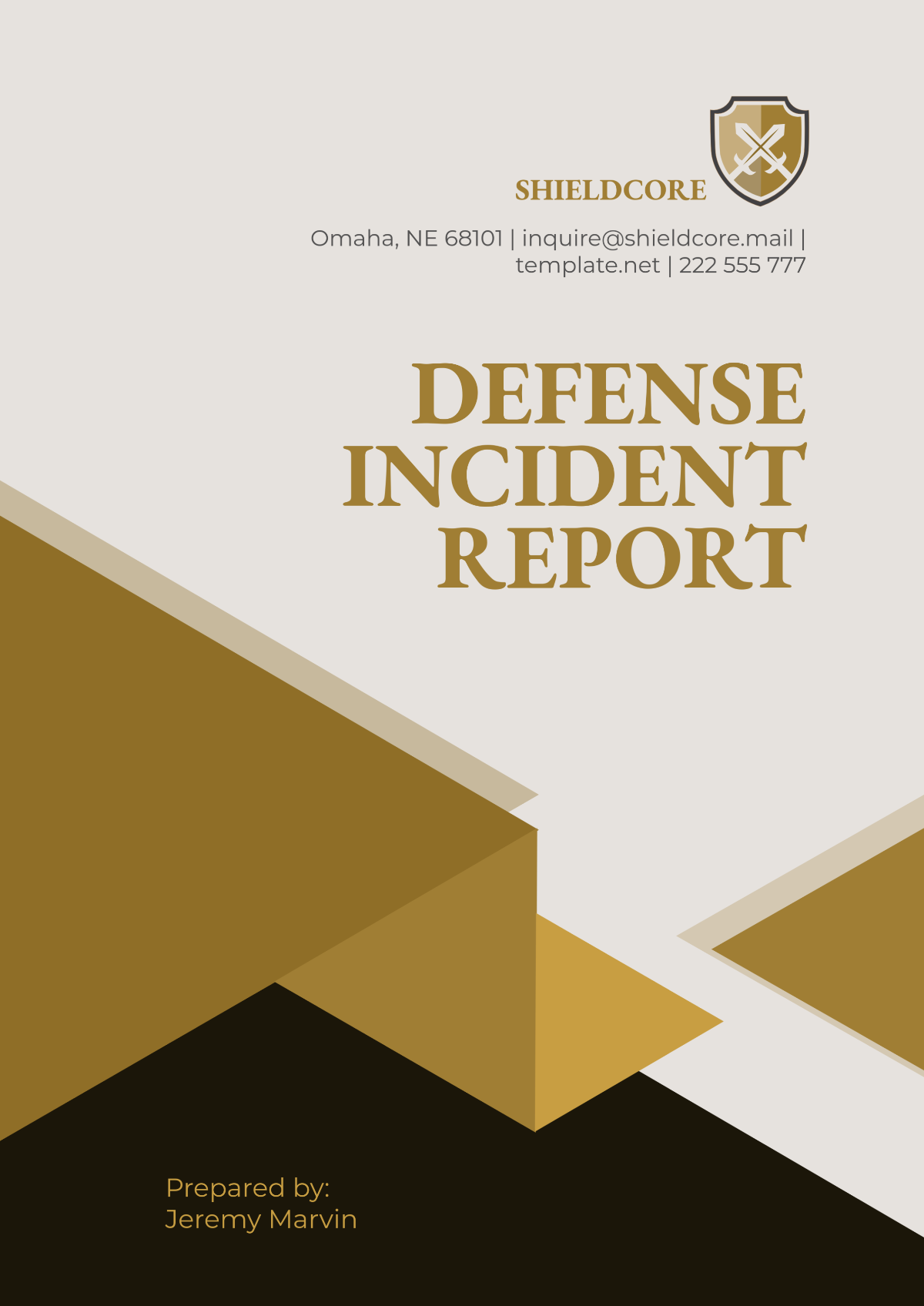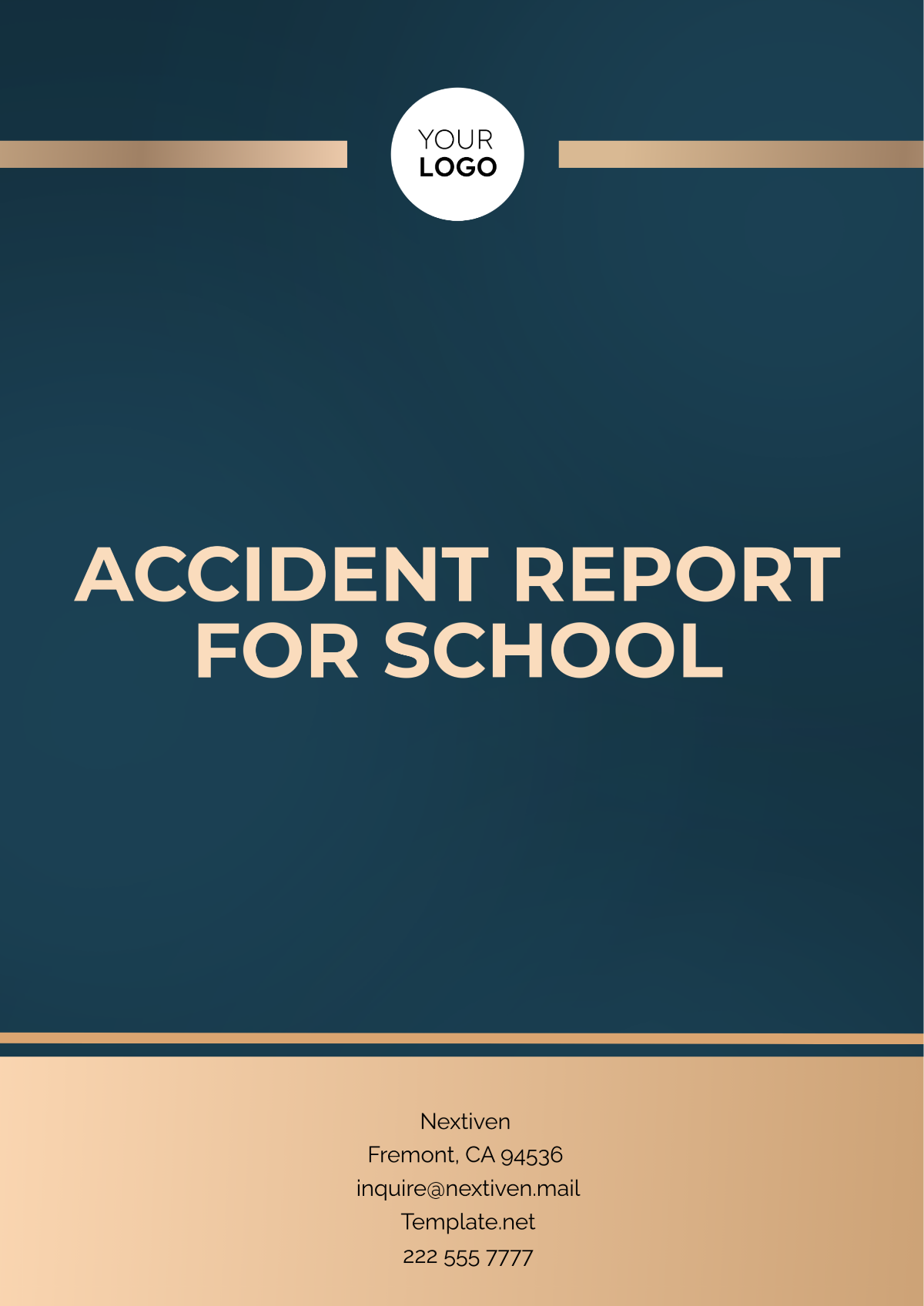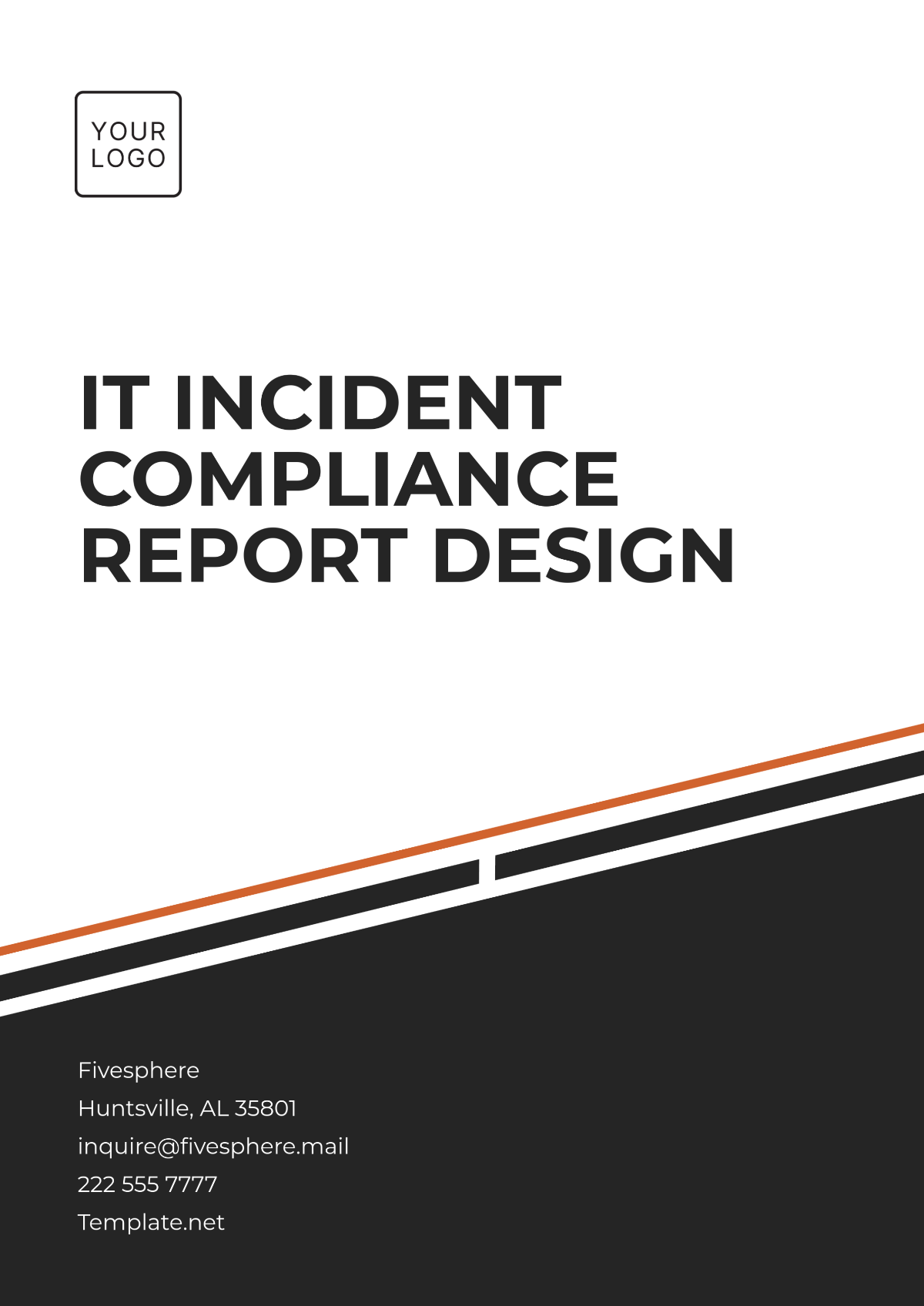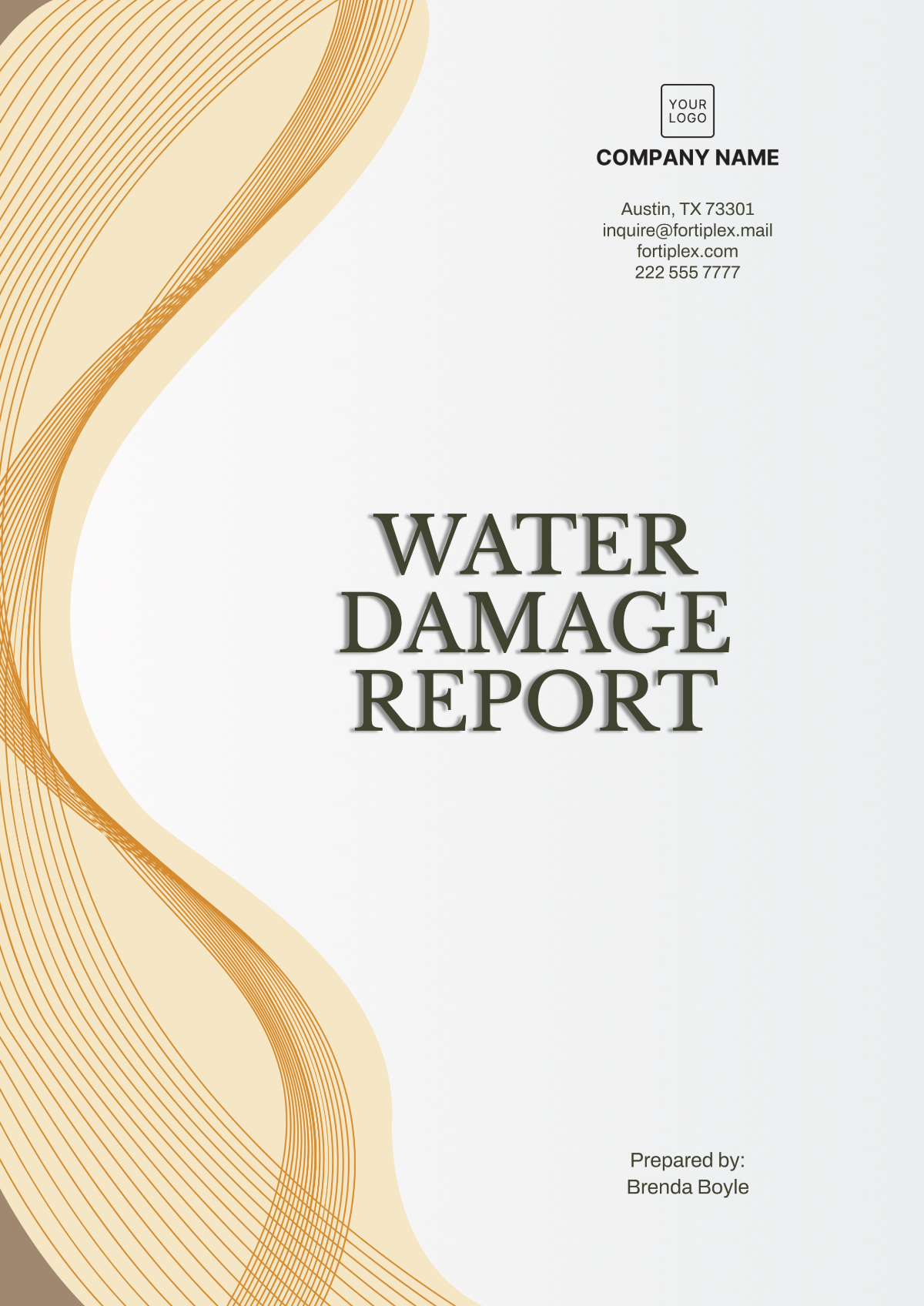Community After Action Report
I. Introduction
In response to the severe flooding that occurred from July 15, 2050, to July 20, 2050, in [CITY NAME], [YOUR COMPANY NAME] conducted an After Action Review (AAR) to evaluate the effectiveness of the community's response efforts. This report aims to identify lessons learned, strengths, weaknesses, and recommendations to enhance future emergency responses.
II. Executive Summary
The flooding in [CITY NAME] resulted from unprecedented rainfall, causing widespread inundation and displacement of residents. The community's response was characterized by swift mobilization of resources and collaboration among various stakeholders. This report outlines key findings and proposes actionable recommendations to bolster our readiness for future flooding events.
III. Methodology
The AAR process involved comprehensive data collection and analysis methods:
Stakeholder Interviews: Key personnel from [CITY NAME] Emergency Management, local police and fire departments, public works, healthcare facilities, and community organizations were interviewed to gather firsthand accounts of their roles and experiences during the flood response.
Document Review: Incident reports, response plans, and communication logs were reviewed to assess the effectiveness of coordination and resource allocation.
Analysis: Data from interviews and documents were analyzed to identify strengths, weaknesses, and areas for improvement in the community's flood response efforts.
IV. Findings
A. Strengths
Strength | Description |
|---|---|
Effective Communication | Communication channels between agencies and community organizations were robust and timely. |
Community Resilience | Residents demonstrated solidarity through volunteer efforts in sandbagging and shelter setup. |
Resource Management | Rapid deployment of emergency supplies met immediate needs in affected areas. |
B. Areas for Improvement
Area for Improvement | Recommendation |
|---|---|
Interagency Coordination | Enhance coordination between municipal departments to streamline response efforts. |
Public Information Dissemination | Improve outreach strategies to ensure all residents receive timely and accurate information. |
Training and Preparedness | Conduct regular joint exercises to enhance readiness in flood response protocols. |
V. Recommendations
Based on the findings, the following recommendations are proposed to enhance [CITY NAME]'s flood response capabilities:
Recommendation | Action Steps |
|---|---|
Develop Comprehensive Interagency Protocols | Establish standardized procedures and communication protocols between municipal agencies, emergency services, and community organizations. |
Enhance Community Engagement | Launch educational campaigns on flood preparedness, evacuation procedures, and local resources available during emergencies. |
Review and Update Emergency Response Plans | Regularly update flood response plans to incorporate lessons learned and improve long-term recovery strategies. |
VI. Conclusion
The flooding in [CITY NAME] underscored the importance of preparedness, collaboration, and community resilience in mitigating the impact of natural disasters. By implementing the recommendations outlined in this report, [YOUR COMPANY NAME] is committed to improving our collective response capabilities and ensuring the safety and well-being of all residents during future flood events.
